The Press Room Archive highlights computational astronomy work around the UC-HiPACC consortium; the wording of the short summaries on this page is based on wording in the individual releases or on the summaries on the press release page of the original source. Press releases below appear in reverse chronological order (most recent first); they can also be displayed by UC campus or DOE lab by clicking on the desired venue at the bottom of the left-hand column. This page is the archive. Click for current computational astronomy press releases.
October 9, 2014 — UC Riverside’s ‘Alternative Earths’ team selected to join the NASA Astrobiology Institute
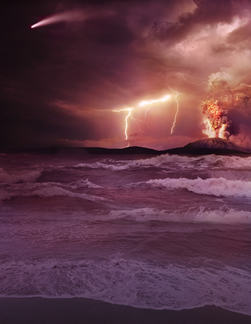
Artist concept of an early Earth. Credit: NASA
October 9, 2014 — Astronomers analyze atmosphere of planet orbiting another star

Exoplanet WASP-43b is a world of extremes, where seething winds howl at the speed of sound from a 3,000-degree-Fahrenheit day side, hot enough to melt steel, to a pitch-black night side with temperatures below 1,000 degrees Fahrenheit. Credit: NASA/STScI
October 9, 2014 — Dead star shines on
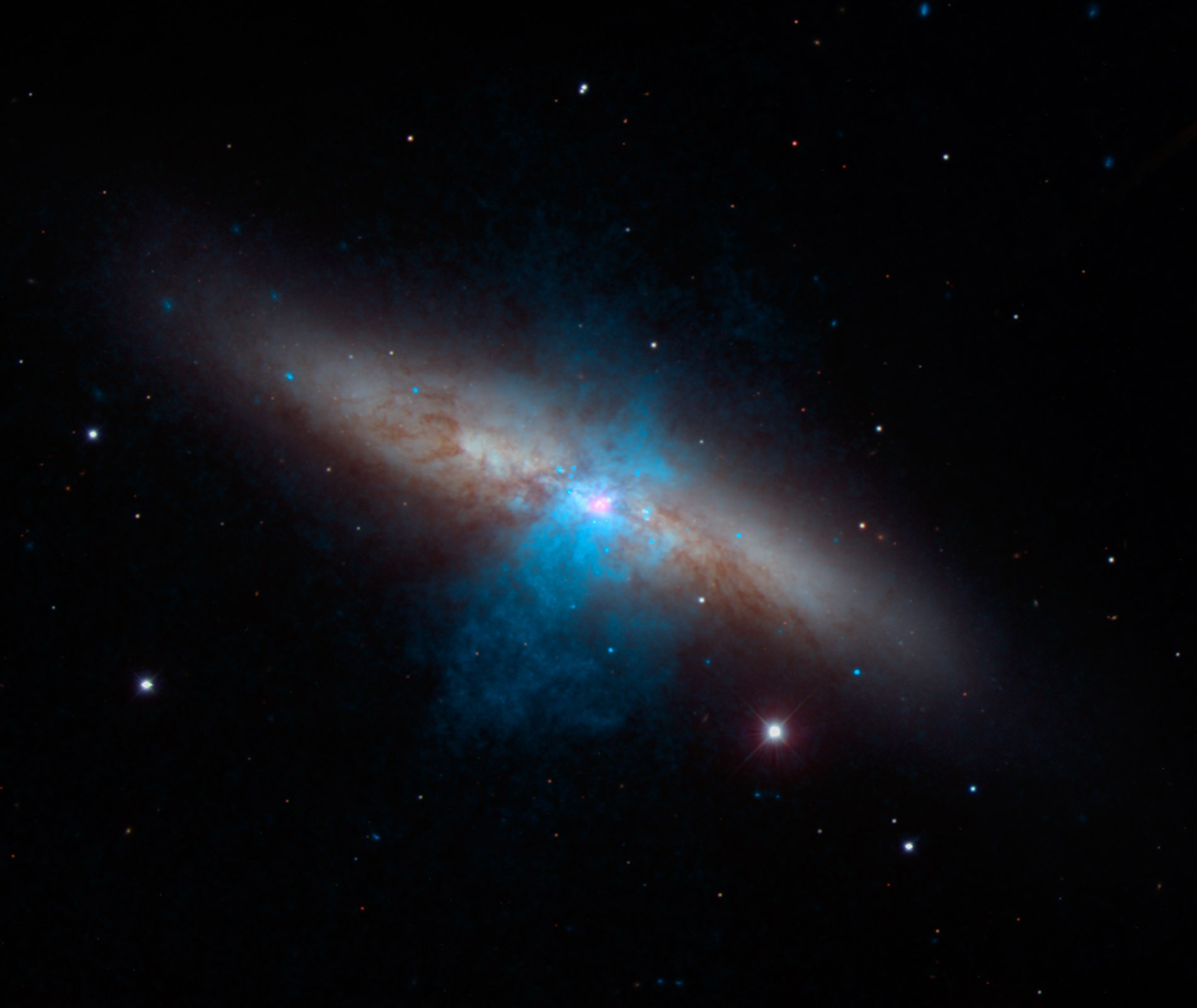
High-energy X-rays streaming from a rare and mighty pulsar (magenta), the brightest found to date, can be seen in this new image of a galaxy called Messier 82 (M82), or the “Cigar galaxy,” combining multi-wavelength data from three telescopes. The bulk of M82 is seen in visible light captured by the National Optical Astronomy Observatory’s 2.1-meter telescope at Kitt Peak in Arizona. Starlight is white, and lanes of dust appear brown. Low-energy X-rays from NASA’s Chandra X-ray Observatory are shown in blue, and higher-energy X-rays from NuSTAR are pink.
October 2, 2014 — Astronomer Claire Max appointed interim director of UC Observatories
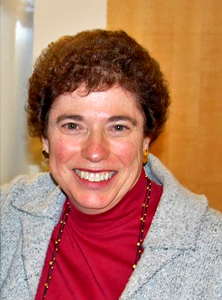
Claire Max
October 2, 2014 — Funding for big-data projects in ecology, astronomy & microscopy
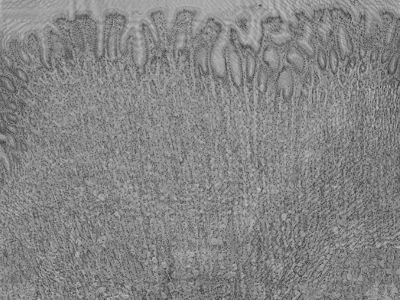
New microscopy tools: Wide field-of-view, high resolution image of dog cardiac tissue section taken by the Computational Imaging Lab.
October 2, 2014 — A closer look at the perfect fluid
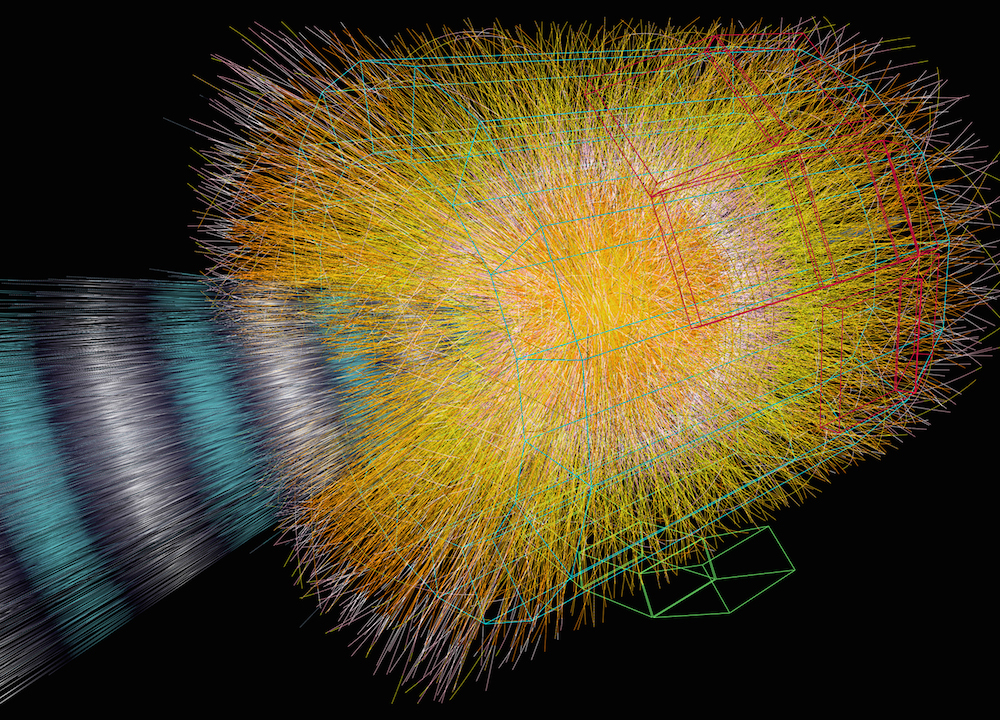
A simulated collision of lead ions. Credit: ALICE experiment at CERN
October 1, 2014 — Hide & seek: Sterile neutrinos remain elusive
Photomultiplier tubes in the Daya Bay detectors. Credit: Roy Kaltschmidt/LBNL
September 29, 2014 — Simulations reveal unusual death for ancient stars
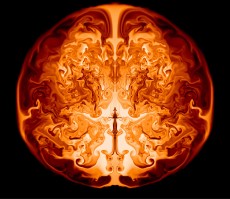
This image is a slice through the interior of a supermassive star of 55,500 solar masses along the axis of symmetry. It shows the inner helium core in which nuclear burning is converting helium to oxygen, powering various fluid instabilities (swirling lines). This snapshot from a CASTRO simulation shows one moment a day after the onset of the explosion, when the radius of the outer circle would be slightly larger than that of the orbit of the Earth around the sun. Visualizations were done in VisIT. Credit: Ken Chen
NERSC release: http://www.nersc.gov/news-publications/news/science-news/2014/simulations-reveal-unusual-death-for-ancient-stars/ ; UCSC release: http://news.ucsc.edu/2014/09/unusual-supernova.html
September 4, 2014 — Edward Moses to lead Giant Magellan Telescope Organization

Ed Moses
August 31, 2014 — Mixing in star-forming clouds explains why sibling stars look alike

Image from a computer simulation show the collision of two streams of interstellar gas, leading to gravitational collapse of the gas and the formation of a star cluster at the center. The image shows the density of interstellar gas (redder indicates greater density). Watch video at https://vimeo.com/104368279 (Credit: Y. Feng and M. Krumholz)
August 31, 2014 — Why sibling stars look alike: Early, fast mixing in star-birth clouds
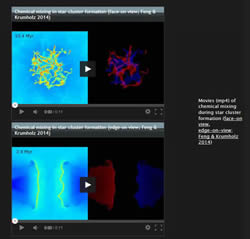
Two 11-second movies shows a computational simulation of a collision of two converging streams of interstellar gas, leading to collapse and formation of a star cluster at the center. Credit: Mark Krumholz
August 4, 2014 — Funds awarded to begin construction of Large Synoptic Survey Telescope
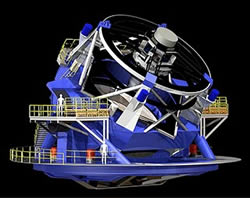
The 8.4-meter LSST will use a special three-mirror design, creating an exceptionally wide field of view. Credit: LSST/rendering
July 30, 2014 — Tidal forces gave moon its shape, according to new analysis
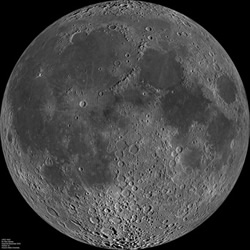
NASA's Lunar Reconnaissance Orbiter Camera acquired this image of the nearside of the moon in 2010. Credit: NASA/GSFC/Arizona State University
July 29, 2014 — Mercury’s magnetic field tells scientists how its interior is different from Earth’s
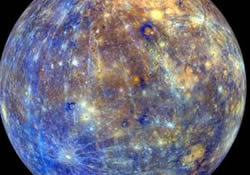
Mercury, with colors enhanced to emphasize the chemical, mineralogical and physical differences among the rocks that make up its surface. Credit: NASA
July 28, 2014 — Cassini finds 101 geysers and more on icy Saturn moon
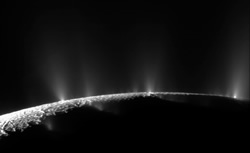
A mosaic of high resolution images from the Cassini mission shows geysers erupting from the frozen surface of Saturn's moon Enceladus. Credit: NASA/JPL/CICLOPS
August 5, 2014 — Construction to begin in Hawaii on world’s most advanced telescope
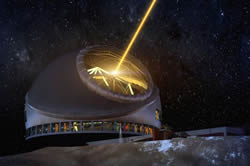
TMT at night, artist’s conception. Credit: www.tmt.org
July 28, 2014 — Next-generation Thirty Meter Telescope to begin construction in Hawaii
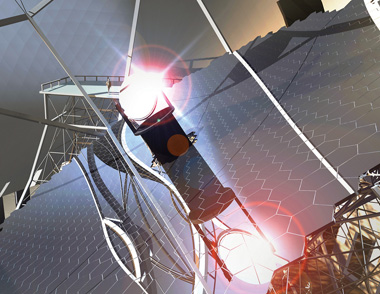
Artist’s concept shows the TMT's segmented primary mirror, which has 492 hexagonal segments. Credit: TMT Observatory Corporation
July 17, 2014 — In search of elusive dark matter
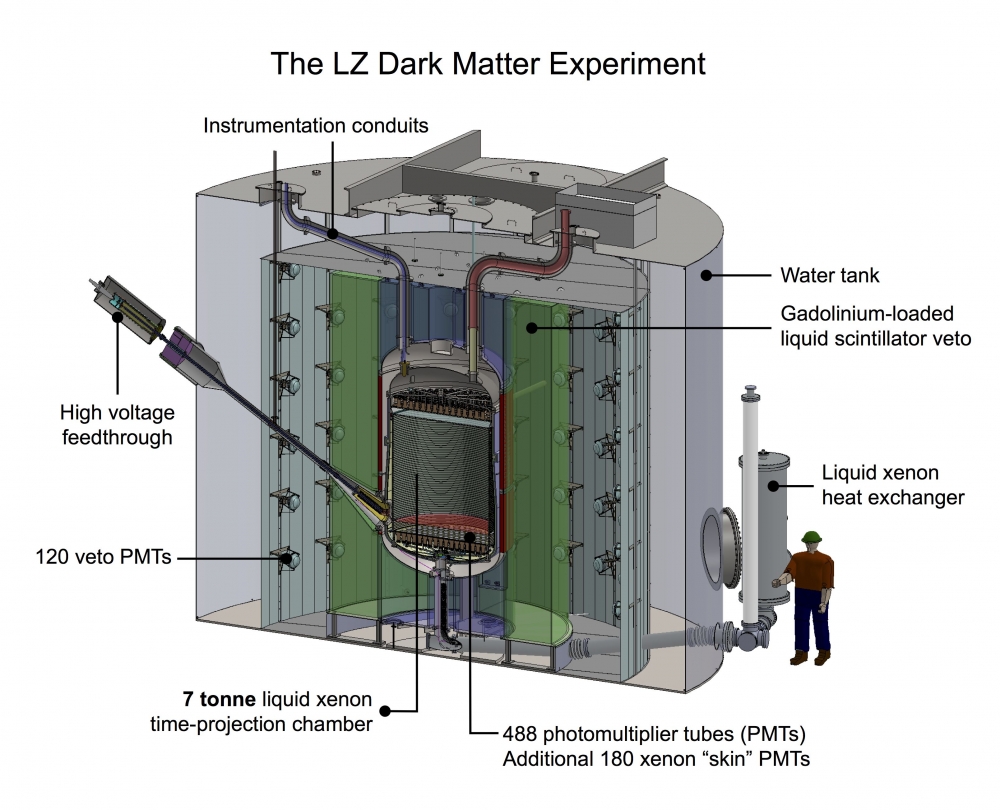
Diagram shows a cross section of the LUX-Zeplin experiment, which when constructed will be the largest dark matter detector in the world, holding 7 tons of liquid xenon.
July 15, 2014 — Next-generation dark matter experiments get the green light
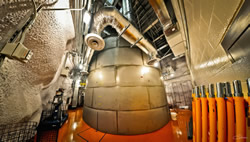
The LZ water shield, currently housing the LUX experiment.
July 17, 2014 — Peering into giant planets from in and out of this world
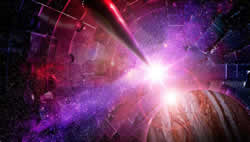
The interior of the target chamber at the National Ignition Facility at Lawrence Livermore National Laboratory (LLNL). The object entering from the left is the target positioner, on which a millimeter-scale target is mounted. Researchers recently used NIF to study the interior state of giant planets. Credit: Damien Jemison/LLNL
July 8, 2014 — Small but plentiful: How the faintest galaxies illuminated the early universe
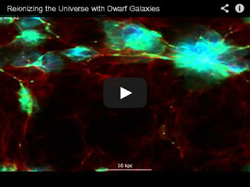
Video from the simulations, done using SDSC’s Trestles supercomputer and additional systems at NASA: Reionizing the Universe with Dwarf Galaxies.
June 30, 2014 — Astrophysicist Douglas Lin wins 2014 Brouwer Award
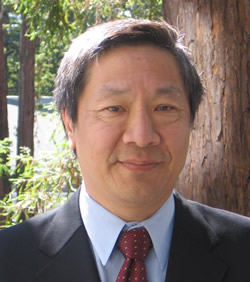
Douglas N. C. Lin
August 31, 2014 — Why Sibling Stars Look Alike: Early, Fast Mixing in Star Birth Clouds
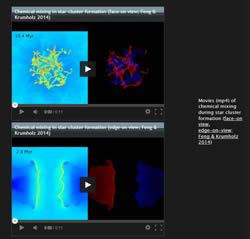
Two 11-second movies shows a computational simulation of a collision of two converging streams of interstellar gas, leading to collapse and formation of a star cluster at the center.
June 4, 2014 — Surprisingly strong magnetic fields challenge black holes’ pull
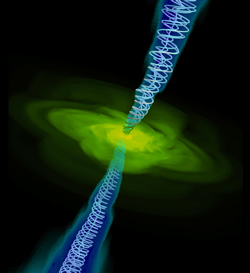
A computer simulation of gas (in yellow) falling into a black hole (too small to be seen). Twin jets are also shown with magnetic field lines. Image credit: Alexander Tchekhovskoy, LBNL
May 21, 2014 — Confirmed: Stellar behemoth self-destructs in a Type IIb supernova
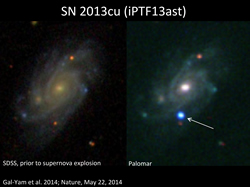
A very hot, young supernova (arrow) marked the explosive death of a massive star in a galaxy known as UGC 9379 about 360 million light years away from Earth.
May 21, 2014 — Search for extraterrestrial intelligence gets hearing on Hill
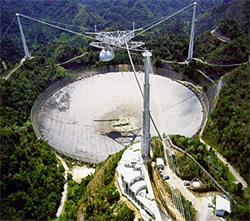
The Arecibo radio telescope in Puerto Rico
May 21, 2014 — Astronomer Enrico Ramirez-Ruiz wins fellowship at Harvard's Radcliffe Institute
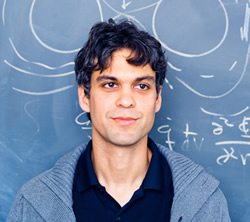
Enrico Ramirez-Ruiz (Photo by Elena Zhukova)
May 16, 2014 — Astronomer Harland Epps honored by Astronomical Society of the Pacific
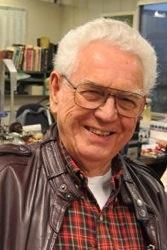
Harland Epps
May 15, 2014 — Giant telescope tackles orbit and size of exoplanet
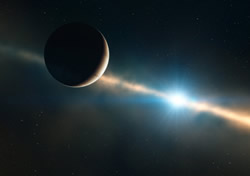
LLNL researchers and international collaborators have refined estimates of the orbit and size of the exoplanet Beta Pictoris b.
May 1, 2014 — Hubble astronomers check the prescription of a cosmic lens

The heart of a vast cluster of galaxies called MACS J1720+35 is shown in this image, taken in visible and near-infrared light by NASA’s Hubble Space Telescope. The galaxy cluster is so massive that its gravity distorts, brightens, and magnifies light from more-distant objects behind it, an effect called gravitational lensing. Credit: NASA and ESA
April 17, 2014 — Clocking the early universe’s expansion

As light travels to us from very distant quasars (white dots on the right), it passes through the expanding universe, carrying with it the story of its journey through this cosmic web. Astronomers have measured the expansion of the universe by tracing how quasar light has passed through these structures. (Illustration by Paul Hooper at Spirit Design with Mat Pieri and Gongbo Zhao, ICG; Courtesy: Third Sloan Digital Sky Survey)
April 7, 2014 — BOSS quasars track the expanding universe—the most precise measurement yet

An artist’s conception of how BOSS uses quasars to measure the distant universe. Light from distant quasars is partly absorbed by intervening gas, which is imprinted with a subtle ring-like pattern of known physical scale. Astronomers have now measured this scale with an accuracy of two percent, precisely measuring how fast the universe was expanding when it was just 3 billion years old. (Illustration by Zosia Rostomian, LBNL, and Andreu Font-Ribera, BOSS Lyman-alpha team, LBNL)
April 7, 2014 — Orbital physics is child’s play with Super Planet Crash
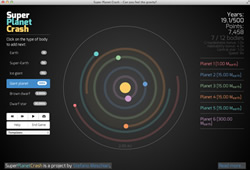
This screenshot from the online game Super Planet Crash shows a six-planet system.
April 4, 2014 — Heliophysics modeling and simulation website debuts
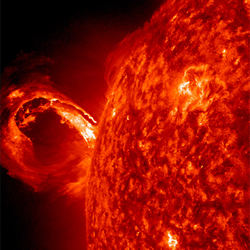
Coronal mass ejection observed by NASA’s Solar Dynamics Observatory, in extreme ultraviolet radiation emitted by ionized helium atoms heated to 80,000 Kelvin. The eruption is caused by a magnetic field that was generated by a dynamo process beneath the physical surface of the sun. (NASA/SDO)
April 1, 2014 — Misleading mineral may have led to overestimate of water in moon
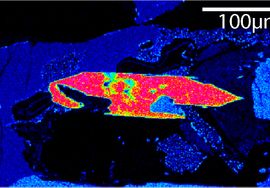
Credit:UCLA
March 25, 2014 — Lick’s Automated Planet Finder: First robotic telescope for planet hunters
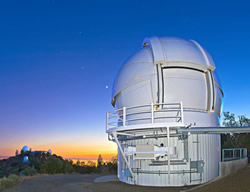
The Automated Planet Finder (APF) is the newest telescope at UC's Lick Observatory on Mt. Hamilton. (Photo by Laurie Hatch)
March 19, 2014 — Astrophysics team simulates key supernova phase at unprecedented resolution
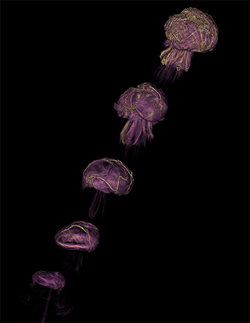
The color map shows the magnitude of vorticity (the spinning motion of the fluid), with large regions of relatively strong turbulence shown in white/yellow. More at full iSGTW press release.
March 18, 2014 — Setting a trap for gravity waves
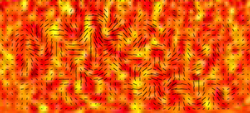
B-mode polarization of the cosmic microwave background radiation exhibits a distinctive 'curl,' either left or right-handed, imposed by the distortion of space as gravity waves moved through it. (Image BICEP2 Collaboration)
March 18, 2014 — Fierce solar magnetic storm barely missed Earth in 2012
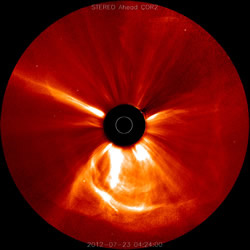
Video in UCB press release shows a coronal mass ejection (CME) on the sun from July 22, 2012, at 10:00 p.m. EDT until 2 a.m. on July 23, as captured by NASA’s Solar Terrestrial Relations Observatory-Ahead (STEREO A). Because the CME headed in STEREO A’s direction, it appears like a giant halo around the sun.
March 10, 2014 — Possible evidence for dark matter particle presented at UCLA physics symposium

Mysterious dark matter makes up approximately 26 percent of the mass of the universe. At a major UCLA symposium attended by 190 scientists, physicists presented several analyses that participants interpreted to imply the existence of a dark matter particle. Credit: NASA/Hubble
March 6, 2014 — Astronomers witness mysterious, never-before-seen disintegration of asteroid
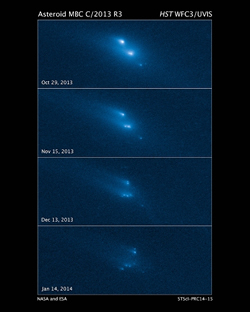
This series of Hubble Space Telescope images reveals the breakup of an asteroid over a period of several months in late 2013.
March 3, 2014 — Standard-candle supernovae are still standard, but why?
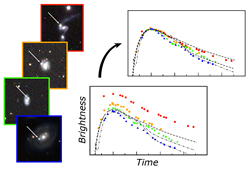
Type Ia supernovae result from the explosions of white dwarf stars. These supernovae vary widely in peak brightness, how long they stay bright, and how they fade away, as the lower graph shows. Theoretical models (dashed black lines) seek to account for the differences, for example why faint supernovae fade quickly and bright supernovae fade slowly. A new analysis by the Nearby Supernova Factory indicates that when peak brightnesses are accounted for, as shown in the upper graph, the late-time behaviors of faint and bright supernovae provide solid evidence that the white dwarfs that caused the explosions had different masses, even though the resulting blasts are all “standard candles.”
February 27, 2014 — Closest, brightest supernova in decades is also a little weird
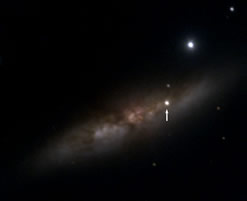
A color composite of SN 2014J, located in the “cigar galaxy” M82, 11.4 million light years away, made from KAIT images obtained through several different filters. The supernova is marked with an arrow. Other round objects are relatively nearby stars in our own Milky Way Galaxy. (Image by W. Zheng and A. Filippenko, UC Berkeley)
21 February 2014 — NASA's IRIS Spots Its Largest Solar Flare
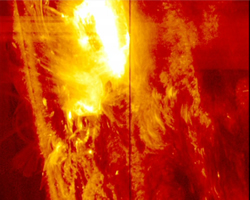
On Jan. 28, 2014, NASA's newly-launched Interface Region Imaging Spectrograph, or IRIS, observed its strongest solar flare to date.
Read full NASA Ames press release. Includes video.
20 February 2014 — In Memoriam: Arthur M. Wolfe 1939-2014
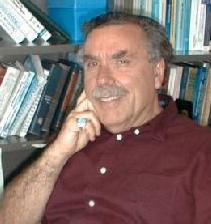
Arthur M. Wolfe
Read full UCSD press release
19 February 2014 — NuSTAR helps untangle how stars explode
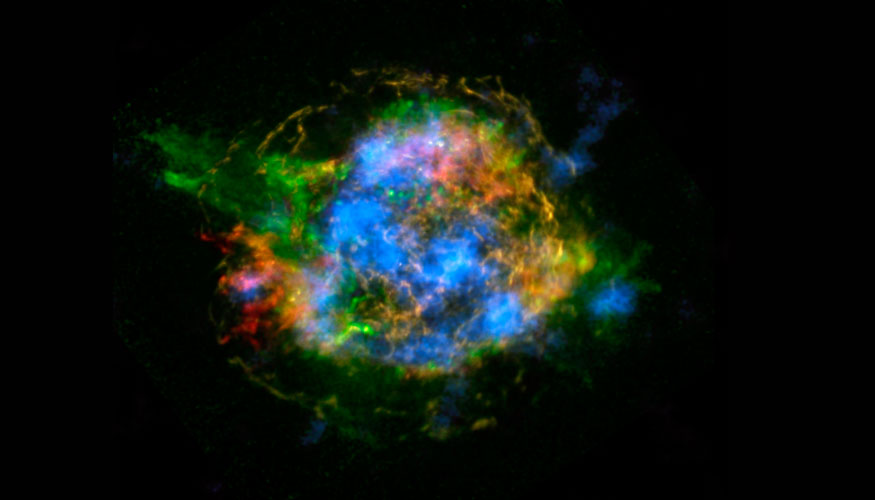
The NuSTAR high-energy X-ray observatory captured this image of Cassiopeia A, a remnant that blew up as a supernova more than 11,000 years ago, leaving a dense stellar corpse and its ejected remains. Because the supernova was so far from Earth, the light only reached Earth about 350 years ago, when it may have appeared to be a new, bright star in the sky.
19 February 2014 — NuSTAR takes first peek into core of supernova
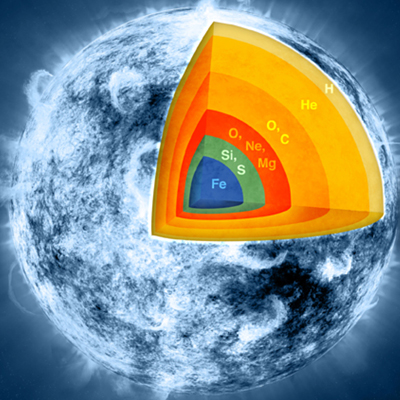
Stars fuse hydrogen (H) and helium (He) into heavier elements to produce energy, but once the reactions reach iron (Fe), fusion stops and the star implodes, creating a compact object – a neutron star or black hole – and blowing off the star’s outer layers in a supernova explosion. The explosion seeds the galaxy with elements like carbon (C) and oxygen (O) essential to life. NASA image.
Read full UCB press release
18 February 2014 — When a black hole shreds a star, a bright flare tells the story
18 February 2014 — UCSC planetary scientist Ian Garrick-Bethell wins Sloan Research Fellowship
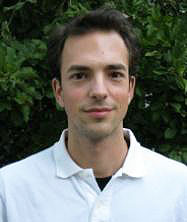
Ian Garrick-Bethell
Read full UCSC press release
January 19, 2014 — Distant quasar illuminates a filament of the cosmic web
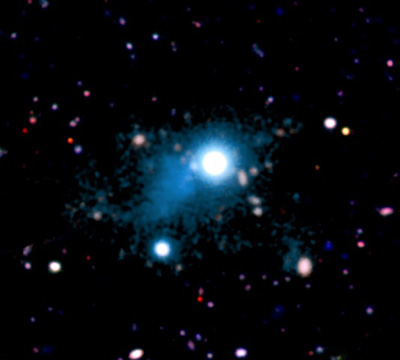
This deep image shows the nebula (cyan) extending across 2 million light-years that was discovered around the bright quasar UM287. (Image: S. Cantalupo, UCSC)
Read full UCSC press release
January 15, 2014 — Astrophysicist Piero Madau wins Dannie Heineman Prize for Astrophysics
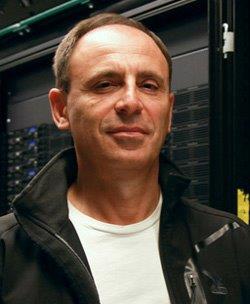
Piero Madau (Photo: C. Lagattuta)
Read full UCSC press release
January 13, 2014 — World's most powerful planet-finder turns skyward with help from UCLA astronomers. First of 3 releases about GPI.
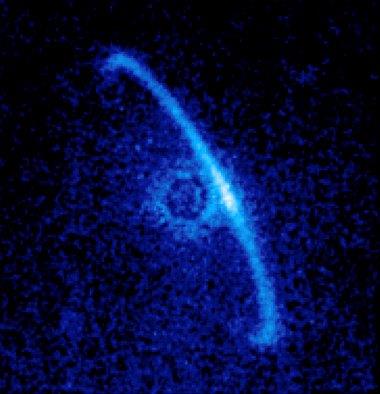
GPI's image of dust disk orbiting HR4796A
Read full UCLA press release
January 7, 2014 — Out of this world first light images emerge from Gemini Planet Imager. Second of 3 releases about GPI.
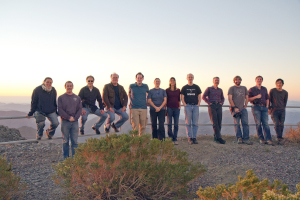
GPI team during the first light run in November 2013.
View full Lawrence Livermore National Laboratory press release
January 7, 2014 — World's most powerful exoplanet camera looks skyward. Third of 3 releases about GPI.
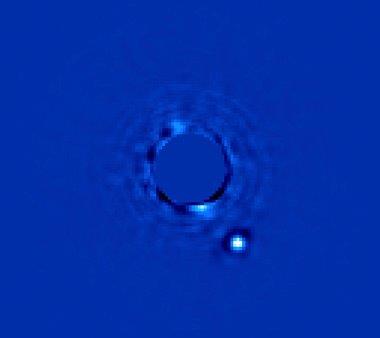
The Gemini Planet Imager's first light image of Beta Pictoris b, a planet orbiting the star Beta Pictoris. (Image credit: Processing by Christian Marois, NRC Canada)
Read full UCSC press release
January 13, 2014 — Are Earths Rare? Perhaps Not

Artist’s representation of the “habitable zone,” the range of orbits where liquid water is permitted on the surface of a planet.
View full Lawrence Berkeley National Laboratory press release.
January 8, 2014 — BOSS Measures the Universe to One-Percent Accuracy
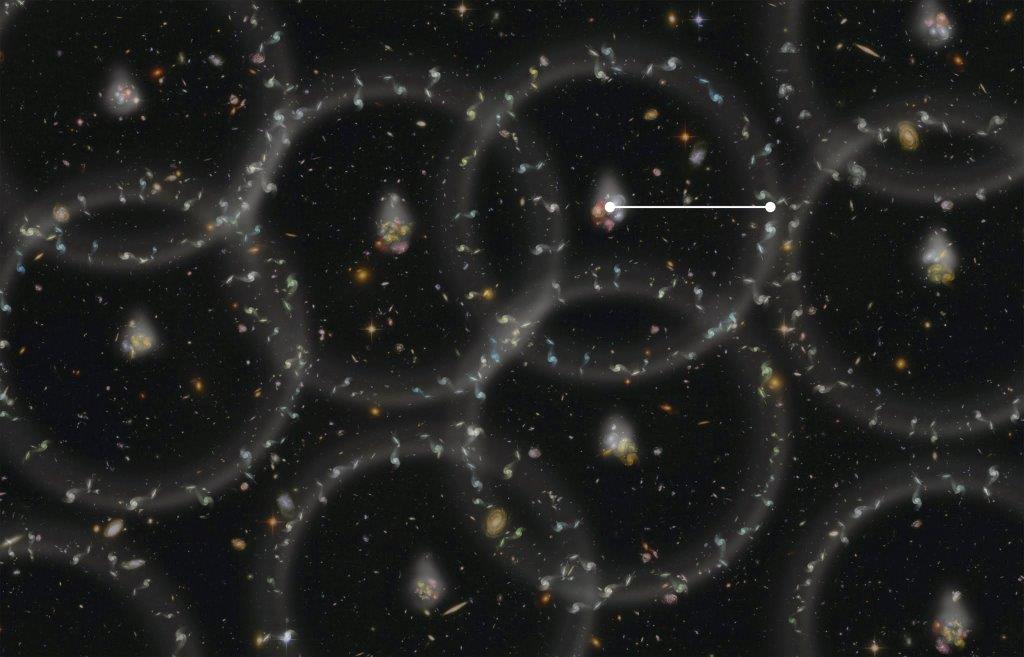
An artist's conception of the measurement scale of the universe. (Image: Zosia Rostomian, Lawrence Berkeley National Laboratory)
Read full Lawrence Berkeley National Laboratory press release.
January 7, 2014 — Hubble unveils a deep sea of small and faint early galaxies

An image taken with the Hubble Space Telescope of Abell 1689, a massive cluster of galaxies whose gravitational pull is so strong that it bends light, acting like a lens. (Photo: NASA and ESA; Space Telescope Science Institute)
Read full UC Riverside press release
January 7, 2014 — UCSC astronomers discover ultra-bright young galaxies
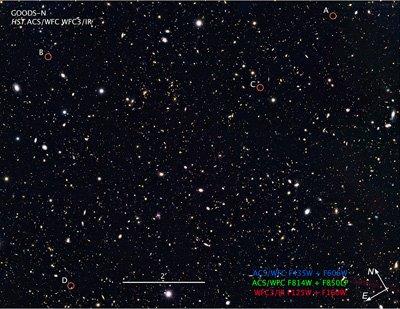
Circled in this deep image are four extremely compact and bright galaxies so distant they are seen as they existed just 500 million years after the big bang.
View full UCSC press release
January 6, 2014 — Galaxy teems with sub-Neptune planets that are missing in our own solar system
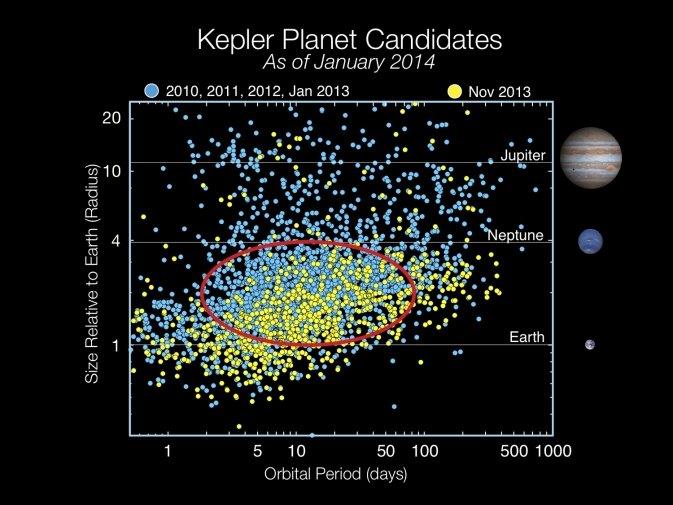
More than three-quarters of the planet candidates discovered by NASA's Kepler spacecraft have sizes ranging from that of Earth to that of Neptune, which is nearly four times as big as Earth. Such planets dominate the galactic census but are not represented in our own solar system. (Image: NASA Ames)
View full NASA Ames press release
December 18, 2013 — Scientists solve a decades-old mystery in the Earth's upper atmosphere
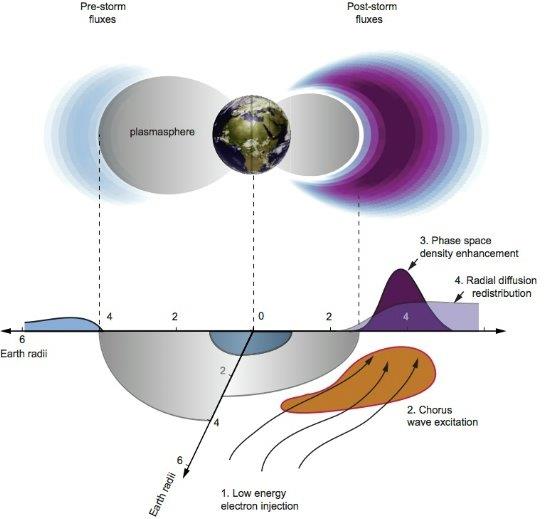
Schematic illustration of electron acceleration by “chorus”
View full UCLA press release
December 18, 2013 — Powerful ancient explosions explain new class of supernovas
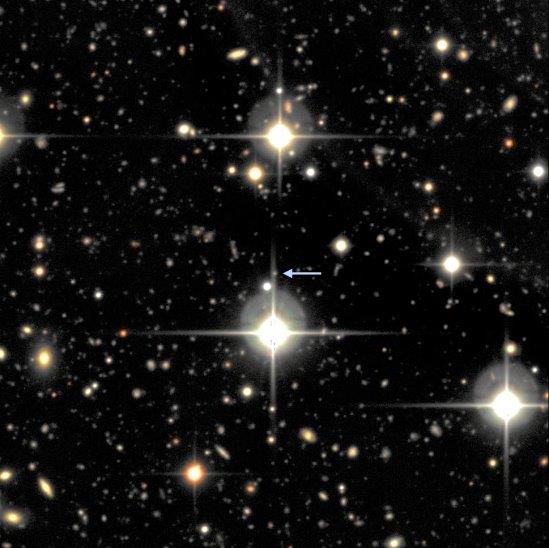
A small portion of one of the fields from the Supernova Legacy Survey showing SNLS-06D4eu and its host galaxy (arrow).
Read full UC Berkeley press release
December 16, 2013 — Novel instrument probes close binary stars, may soon image exoplanets
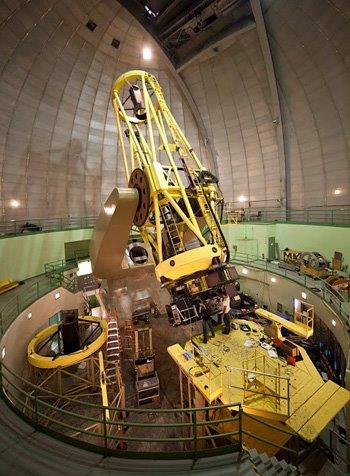
Franck Marchis and colleague mount the FIRST instrument on the Shane 3-meter telescope at Lick Observatory.
View full UC Berkeley press release
December 16, 2013 — Supercomputers Capture Turbulence in the Solar Wind
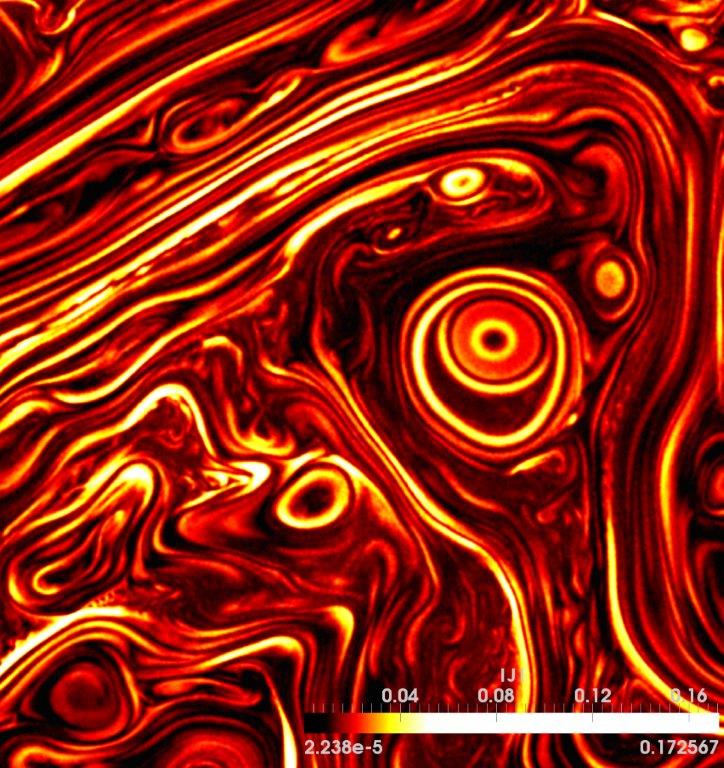
Visualization zooms in on current sheets revealing the “cascade of turbulence” in the solar wind occurring down to electron scales. (Image: Burlen Loring, Berkeley Lab)
View full Lawrence Berkeley National Laboratory press release
December 13, 2013 — Daniel Kasen among four young professors awarded Presidential early-career awards
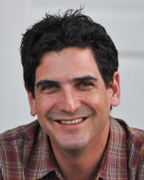
View full White House press release
December 12, 2013 — Big turnout for launch of big-data center
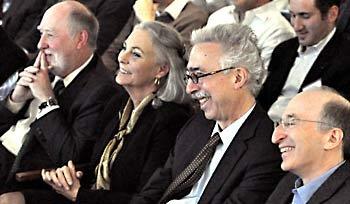
On hand to celebrate (left to right): Vice Chancellor for Research Graham Fleming, Moore Foundation’s Vicki Chandler, Chancellor Dirks and BIDS director Saul Perlmutter (Peg Skorpinski photo)
View full UC Berkeley press release
December 10, 2013 — Astrophysicists launch ambitious assessment of galaxy formation simulations
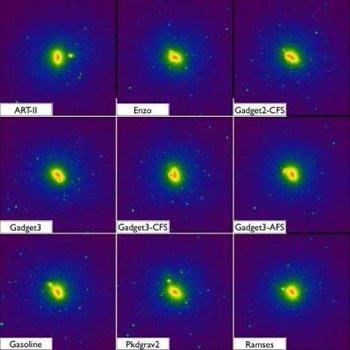
Inconsistencies in supercomputer simulations to be compared in the AGORA project are clearly evident in this test galaxy produced by each of nine different versions of participating codes using the same astrophysics and starting with the same initial conditions.
View full UCSC press release.
December 10, 2013 — Worldwide Collaboration Announces Project AGORA: Ambitious Comparison of High-Resolution Computer Simulations of Galaxy Formation and Evolution
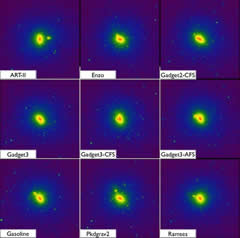
Differences in supercomputer simulations to be compared in the AGORA project are clearly evident in this test galaxy produced by each of nine different versions of participating codes using the same astrophysics and starting with the same initial conditions.
view full press release
December 6, 2013 — Neutron stars’ X-ray superbursts mystify, inspire Los Alamos scientists
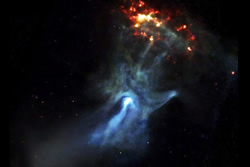
A small, dense object only 12 miles in diameter is responsible for this beautiful X-ray nebula. (Image: NASA)
View full Los Alamos National Laboratory press release.
November 21, 2013 — Searching for Cosmic Accelerators via IceCube

Detectors of the IceCube neutrino observatory are buried more than a mile below the South Pole
View full Lawrence Berkeley National Laboratory press release.
November 21, 2013 — Black hole birth captured by cosmic voyeurs
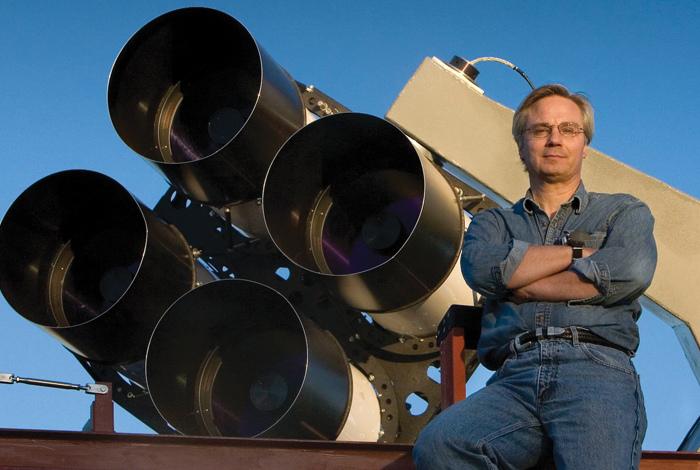
Telescope array (part of RAPTOR) captured the rare birth of a black hole in the constellation Leo
View full Los Alamos National Laboratory press release.
November 21, 2013 — Evidence of jet of high-energy particles from Milky Way’s black hole found by astronomers
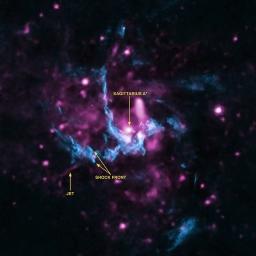
Sagittarius A* in the center of the Milky Way galaxy
View full UCLA press release.
November 4, 2013 — Astronomers answer key question: How common are habitable planets?
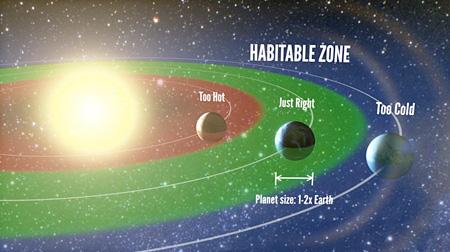
UCB and UH authors find that 22% of Sun-like stars harbor a planet between one and two times the size of Earth in the habitable zone of orbits where liquid water can form on the surface of a planet.
View full UCB press release.
October 30, 2013 — First Results from LUX, the World’s Most Sensitive Dark Matter Detector
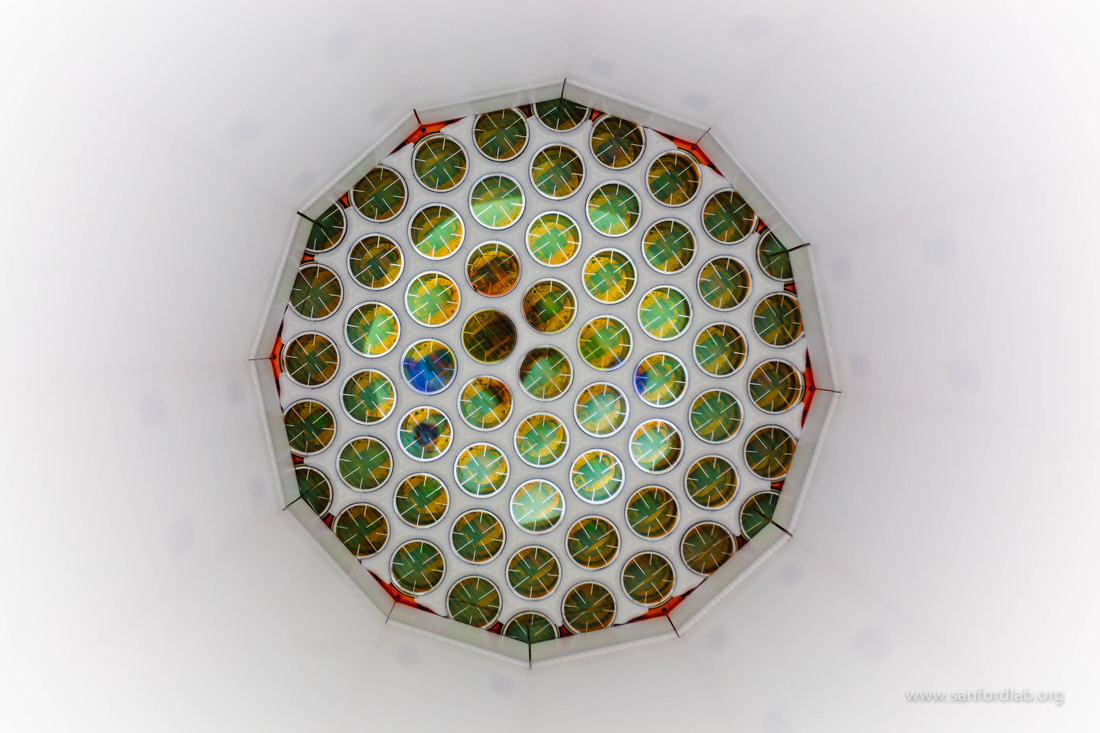
Inside the Large Underground Xenon (LUX) dark matter detector.
view full LBL Press Release
October 30, 2013 — First results from LUX dark matter detector rule out some candidates
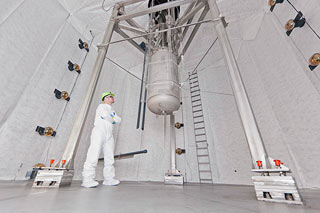
A mile underground, graduate student Jeremy Mock examines the xenon tank at the heart of the LUX dark matter detector.
view full UCD Press Release
October 30, 2013 — First Results from LUX, the World's Most Sensitive Dark Matter Detector
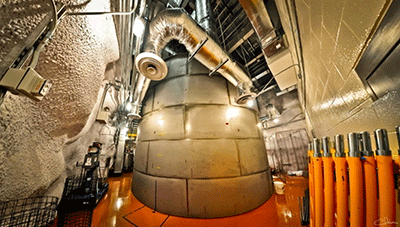
With 122 detector tubes, LUX is much more sensitive than its closest rival in the competitive field of dark-matter searches.
view full UCSB Press Release
October 29, 2013 — New Grad Program Dives into Emerging Fields of Big Data and Network Science
view full UCSB Press Release
October 24, 2013 — Scientists Solve Mystery of Odd Patterns of Oxygen in Solar System’s Earliest Rocks
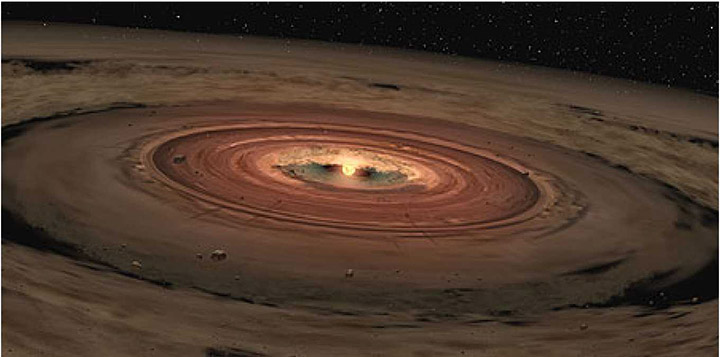
The earliest dust and rocks forming in the solar nebula. Credit: NASA.
view full SDSC Press Release
October 23, 2013 — UC Riverside Astronomers Help Discover the Most Distant Known Galaxy
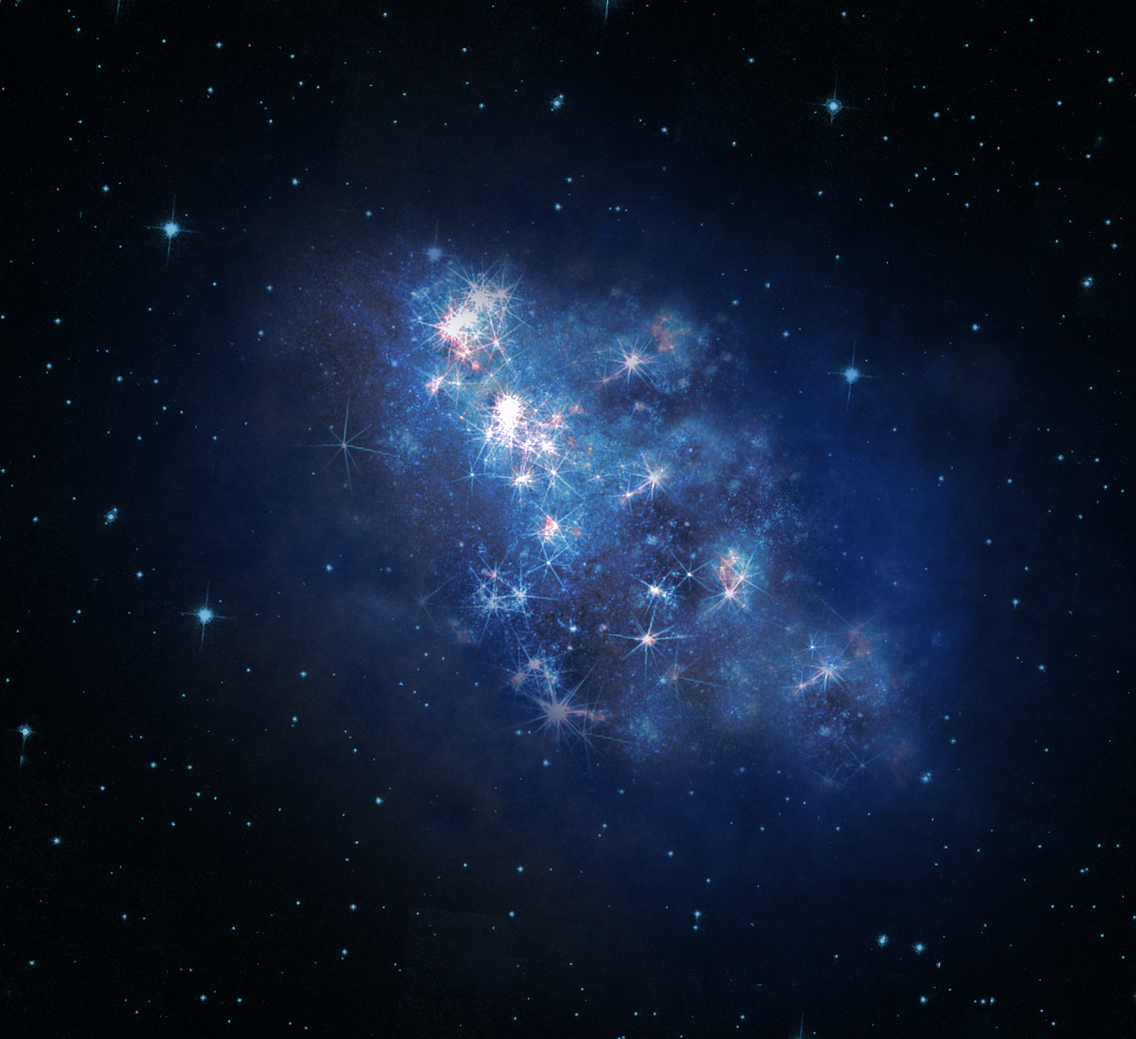
An artist's rendition of the newly discovered most distant galaxy z8-GND-5296.
view full UCR Press Release
October 21, 2013 — UC San Diego Researchers Advance Explanation for Star Formation
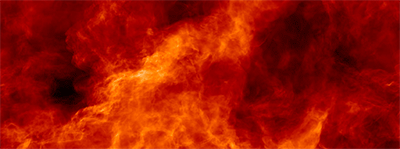
Projected density images resembling the inner structure of molecular clouds controlled by the turbulence that breaks the cloud into fragments, providing initial conditions for star formation. Simulation done using Kraken abnd Nautilus supercomputers at NICS.
view full SDSC Press Release
October 17, 2013 — Astronomers find most distant gravitational lens
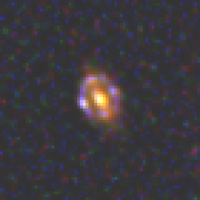
The quadruple gravitational lens J1000+0221 is the most distant strong galaxy lens discovered to date.
view full UCSC Press Release
October 17, 2013 — UCSC astrophysicist Charlie Conroy wins prestigious Packard Fellowship
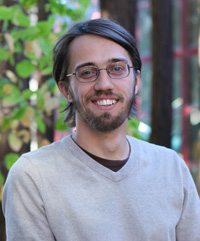
Charlie Conroy (Photo by C. Lagattuta)
view full UCSC Press Release
October 2, 2013 — Astronomers observe distant galaxy powered by primordial cosmic fuel

This image, an artist's impression based on a cosmological numerical simulation, shows a galaxy (center) with incoming cold gas flows, one of which is illuminated from behind by a distant quasar (lower left).
view full UCSC Press Release
September 30, 2013 — Astronomers find patchy clouds on exotic world
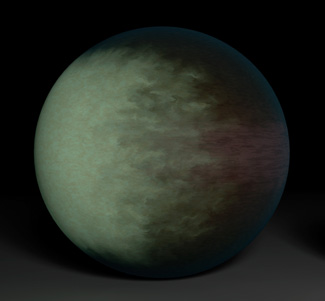
The cloud map of Kepler-7b shows that clouds cover the western side of the gaseous planet, leaving the east cloud-free.
view full UCSC Press Release
September 26, 2013 — Lunar orbiters discover source of space weather near Earth
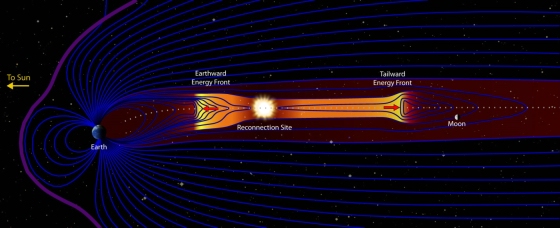
Process of magnetic reconnection, which powers the phenomena known as space weather.
view full UCLA Press Release
September 25, 2013 — Simulating the big bang and beyond
view full ISGTW Press Release
September 22, 2013 — UCLA scientists explain the formation of unusual ring of radiation in space

Model showing third radiation ring (red)
view full UCLA Press Release
September 19, 2013 — NASA's Pleiades Supercomputer Upgraded, Harpertown Nodes Repurposed
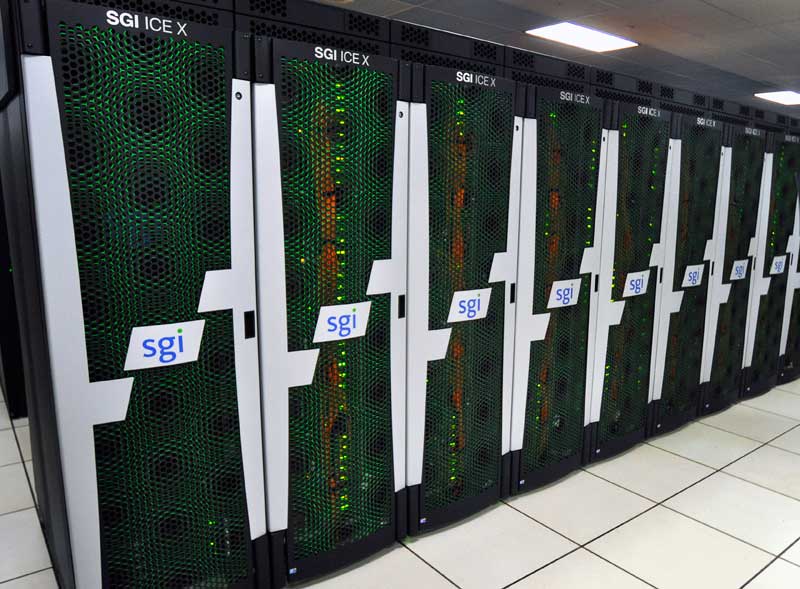
The Pleiades supercomputer was augmented with 46 SGI ICE X racks containing Intel Xeon E5-2680V2 (Ivy Bridge) processors, and runs at a theoretical peak of approximately 2.87 petaflops.
view full NASA Ames Press Release
September 18, 2013 — What’s next for NASA’s Kepler planet hunter
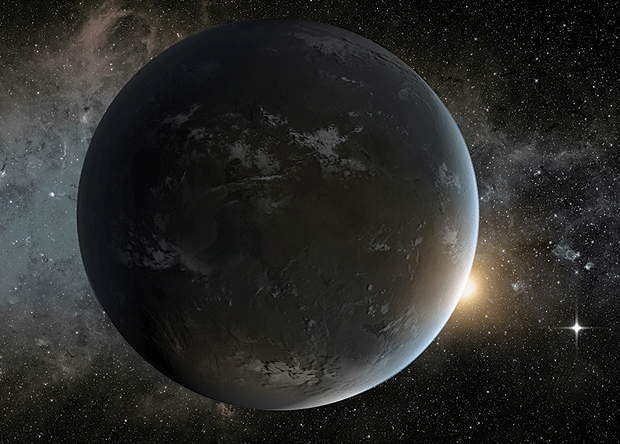
An artist’s rendition shows Kepler-62f, a “super-Earth” in the habitable zone of a star 1200 light-years from Earth.
view full NASA Ames Press Release
September 16, 2013 — Research project to capture infrared view of distant universe

The reflection of Brian Siana in the primary mirror of the Keck telescope. The telescopes’ mirrors are made of 36 hexagonal segments.
view full UCR Press Release
September 6, 2013 — Introducing NASA’s new quantum computing website

Support structure for installation of the D-Wave Vesuvius processor, which is cooled to 20 millikelvin (near absolute zero).
view full NASA Ames Press Release
September 4, 2013 — It's a shock: Life on Earth may have come from out of this world
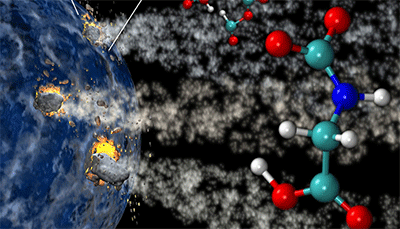
Comets contain elements such as water, ammonia, methanol and carbon dioxide that could have supplied the raw materials, in which upon impact on early Earth would have yielded an abundant supply of energy to produce amino acids and jump start life.
view full LLNL Press Release
August 28, 2013 — New Cassini data from Titan indicate a rigid, weathered ice shell
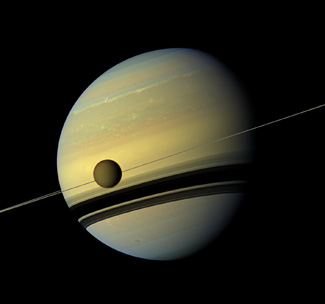
Cassini captured this image of Saturn with it's largest moon, Titan, in the foreground on August 29, 2012.
view full UCSC Press Release
August 26, 2013 — NASA visualizations hit the Hyperwall

view full HPC Wire Press Release
August 23, 2013 — A brighter method for measuring the surface gravity of distant stars
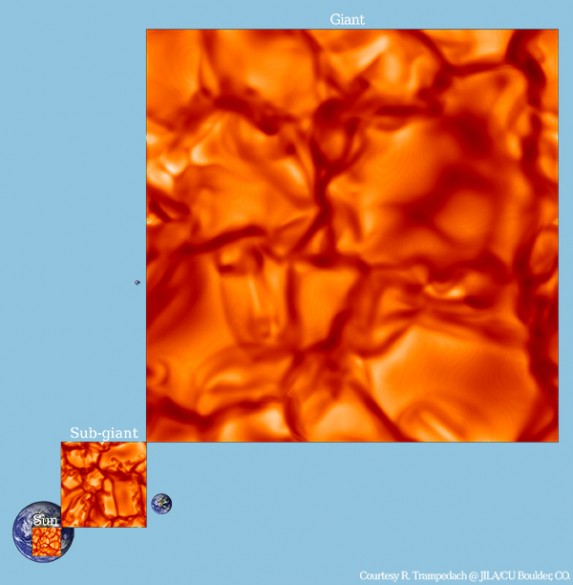
Simulations of granulation patterns on the surface of the Sun, sub-giant and giant stars.
view full Vanderbilt Press Release
August 21, 2013 — New gamma-ray observatory begins operations at Sierra Negra volcano in the state of Puebla, Mexico

The HAWC Observatory taken in August 2013 from the summit of Sierra Negra.
view full LANL Press Release
August 21, 2013 — New Results from Daya Bay – Tracking the disappearance of ghostlike neutrinos
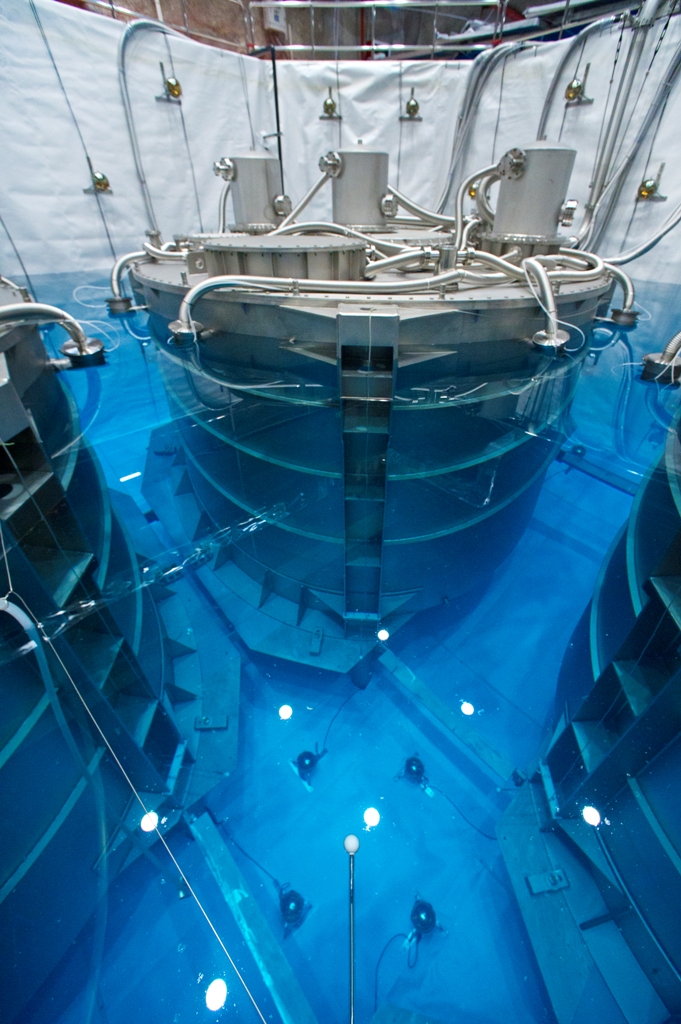
Daya Bay’s detectors are immersed in the large water pools of the muon veto system.
view full LBL Press Release
August 21, 2013 — SCIPP director Steve Ritz helped ensure Fermi mission's scientific bounty
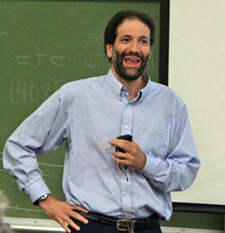
Steven Ritz, professor of physics and director of the Santa Cruz Institute for Particle Physics
view full UCSC Press Release
August 20, 2013 — New theory points to ‘zombie vortices’ as key step in star formation
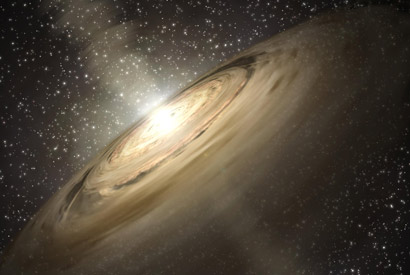
Illustration of a protoplanetary disk based upon observations from the Keck II telescope.
view full UCB Press Release
August 7, 2013 — First Hundred Thousand Years of Our Universe
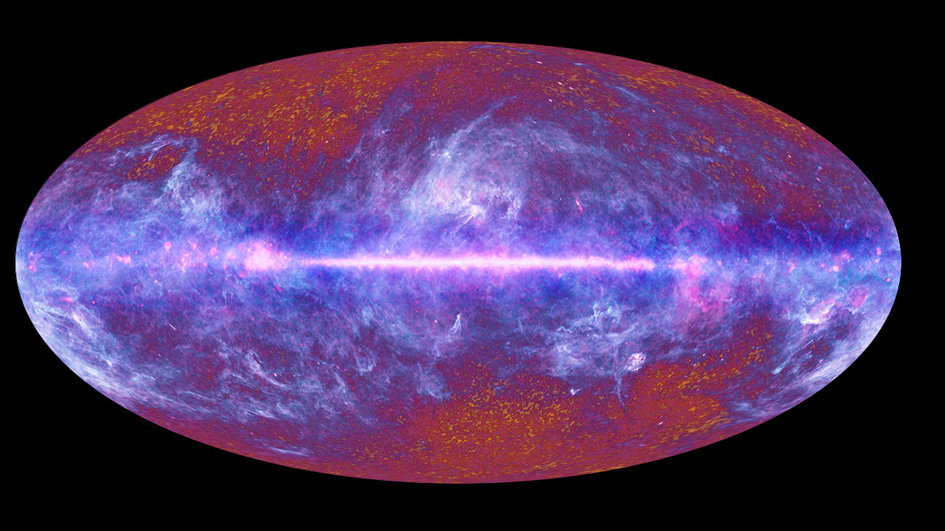
The microwave sky as seen by Planck. Mottled structure of the CMB, the oldest light in the universe, is displayed in the high-latitude regions of the map.
view full LBL Press Release
August 6, 2013 — Royal Astronomical Society honors astronomer Sandra Faber
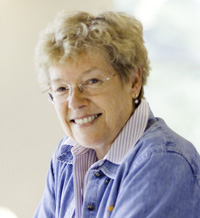
Sandra Faber
view full UCSC Press Release
August 1, 2013 — Mission to build world's most advanced telescope reaches major milestone
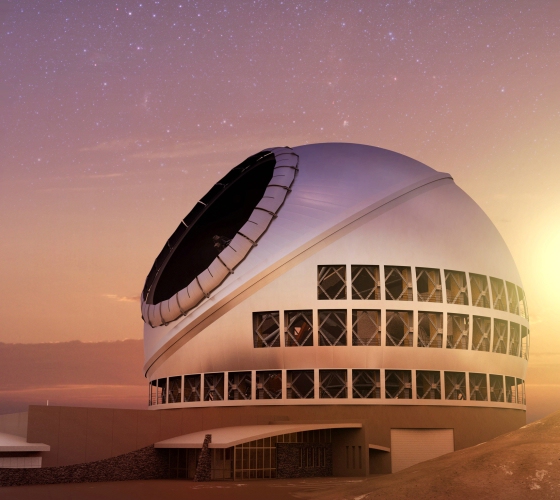
Artist's rendering of Thirty Meter Telescope
view full UCLA Press Release
July 31, 2013 — UCSC acquires powerful new astrophysics supercomputer system
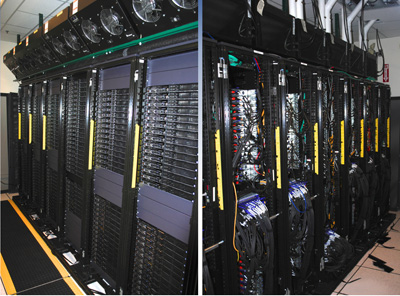
The Hyades astrophysics computer system, seen from the front (left) and back (right).
view full UCSC Press Release
July 29, 2013 — Scientific authorities sign TMT master agreement

Scientific authorities of the TMT partners signed the master agreement at a meeting in Hawaii.
view full UCSC Press Release
July 29, 2013 — IRIS Mission Gets First Look at Sun's Mysterious Interface Region
view full NASA Ames Press Release
July 29, 2013 — Quest to test Einstein’s speed limit
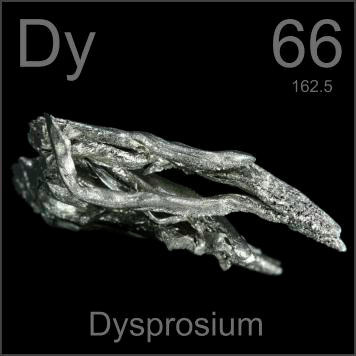
Dysprosium, a rare-earth element used in hard disk coatings, has an unusual electronic structure ideally suited to experiments like this.
view full UCB Press Release
July 25, 2013 — Van Allen probes pinpoint driver of speeding electrons
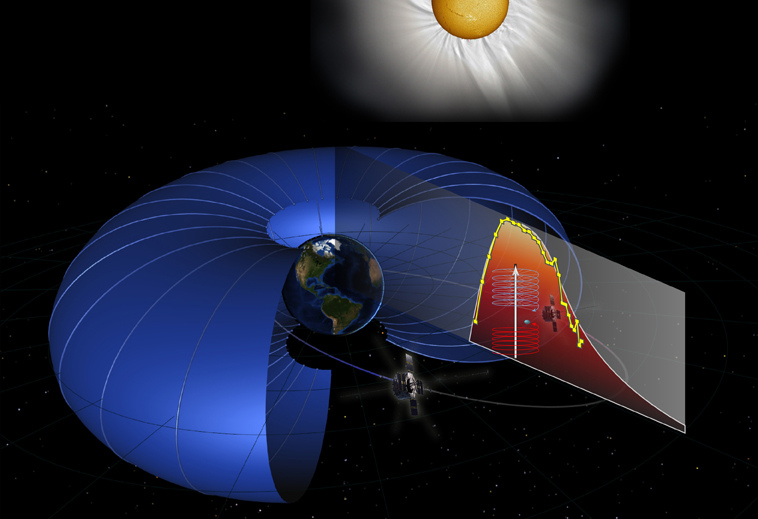
An artist's rendering of a mechanism within the Van Allen radiation belts that can accelerate electrons to satellite-killing energies.
view full LANL Press Release
July 23, 2013 — Physics of Intrinsic Plasma Rotation Explained for First Time
Flamelets or hot spots along the plasma edge (a) drive turbulence intensity (b), temperature intensity (c), and intrinsic torque (d) inward, converting heat into toroidal rotation.
view full NERSC Press Release
July 19, 2013 — Tiny neutrino that could solve cosmic mystery is observed shifting form
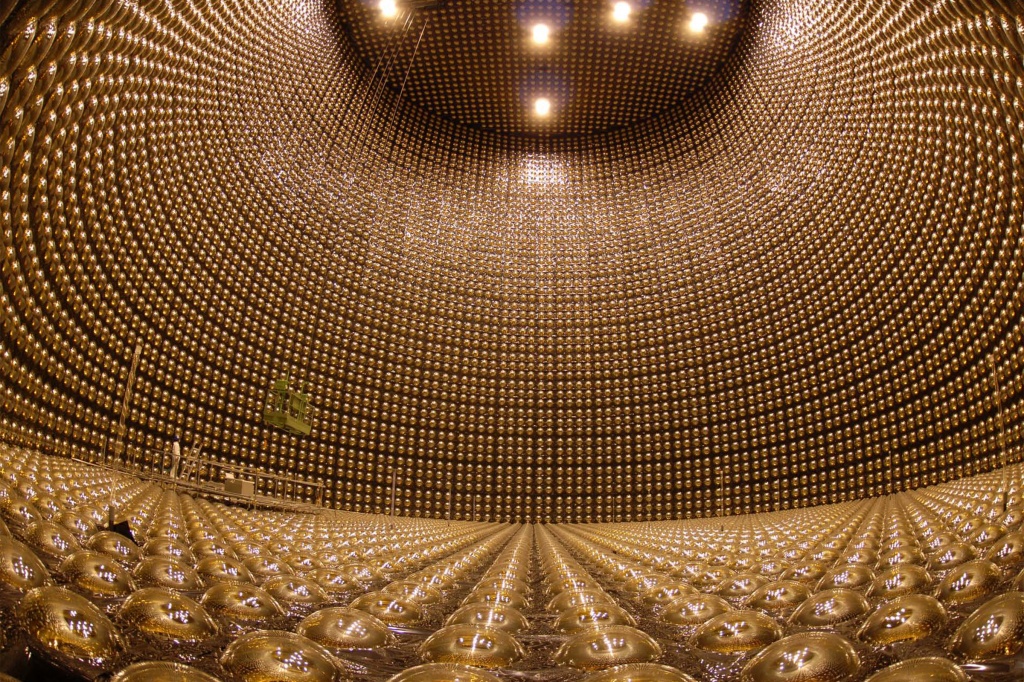
A researcher stands inside the Super-Kamiokande detector where physicists have confirmed that they observed the changing of muon neutrinos into electron neutrinos.
view full UCI Press Release
July 8, 2013 — Saul Perlmutter: 'Science is about figuring out your mistakes'

Saul Perlmutter in his office at the Lawrence Berkeley National Laboratory in California.
view full The Guardian Press Release
July 5, 2013 — Feeding Galaxy Caught in Distant Searchlight by International Research Team
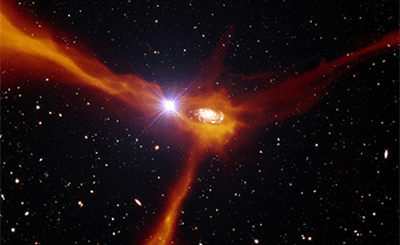
Artist’s impression of a galaxy accreting material from its surroundings.
view full UCSB Press Release
July 1, 2013 — UCSB Astronomer Uncovers The Hidden Identity Of An Exoplanet

The relative size of the Earth and Sun next to those of HD 97658 (the star) and HD 97658b (the super-Earth exoplanet).
view full UCSB Press Release
June 30, 2013 — How did a third radiation belt appear in the Earth's upper atmosphere?
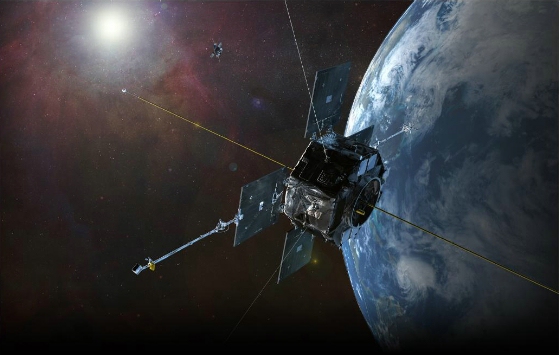
NASA's Van Allen probes
view full UCLA Press Release
June 25, 2013 — Astronomers detect three planets in habitable zone of nearby star

UCSC astronomer Steve Vogt (foreground) with collaborator Paul Butler at the W. M. Keck Observatory in Hawaii.
view full UCSC Press Release
June 20, 2013 — Dusty Surprise Around Black Hole Found By UCSB Physics Postdoctoral Fellow
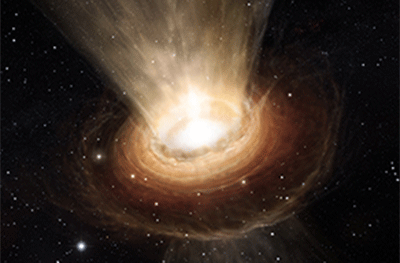
This artist's impression shows the surroundings of the supermassive black hole at the heart of the active galaxy NGC 3783 in the southern constellation of Centaurus.
view full UCSB Press Release
June 19, 2013 — Unusual Supernova is Doubly Unusual for Being Perfectly Normal
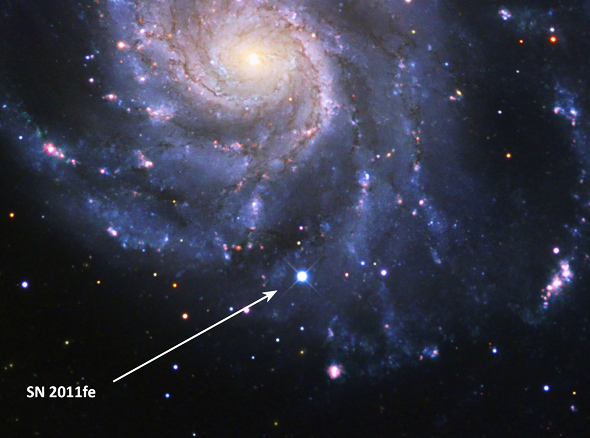
Supernova 2011fe was discovered just hours after it exploded in the Big Dipper.
view full LBL Press Release
June 10, 2013 — UCI scientists size up universe’s most lightweight dwarf galaxy

UC Irvine physics & astronomy postdoctoral scholar Evan Kirby is lead author of a paper documenting the least dense galaxy in the known universe, published today in The Astrophysical Journal.
view full UCI Press Release
June 5, 2013 — Life on Earth shockingly comes from out of this world

Synthesis of prebiotic hydrocarbons in impacts of simple icy mixtures on early Earth.
view full LLNL Press Release
May 31, 2013 — Congressman Farr honors Sandy Faber at Senate meeting
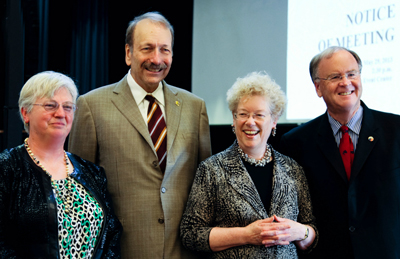
Campus Provost Alison Galloway and Chancellor George Blumenthal, both at left, join Faber and Farr to honor the moment.
view full UCSC Press Release
May 31, 2013 — Trillion Particle Simulation on Hopper Honored with Best Paper
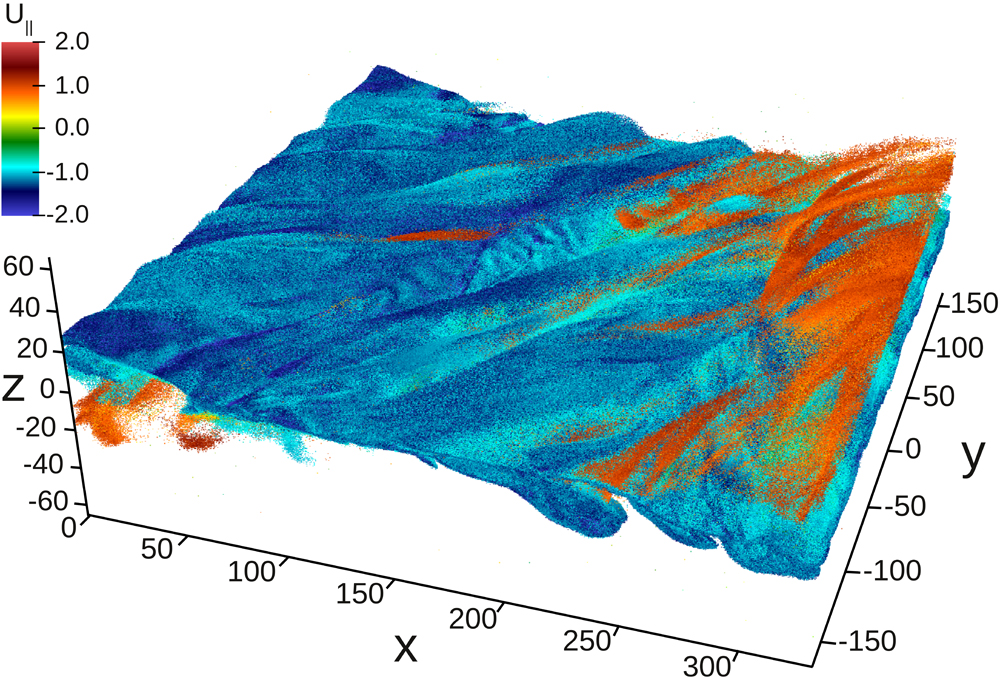
view full NERSC Press Release
May 30, 2013 — Ancient streambed found on surface of Mars (WITH VIDEO)
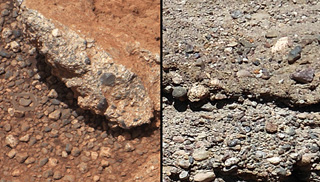
These two images compare the outcrop of rocks on Mars (left) with similar rocks seen on Earth.
view full UCI Press Release
May 24, 2013 — Astronomers Measure the Elusive Extragalactic Background Light
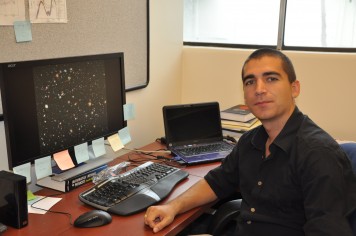
Alberto Domínguez is a a postdoctoral researcher in the Department of Physics and Astronomy at UC Riverside.
view full UCR Press Release
May 24, 2013 — Detection of the cosmic gamma ray horizon: Measures all the light in the universe since the Big Bang

The attached figure illustrates how energetic gamma rays (dashed lines) from a distant blazar strike photons of extragalactic background light (wavy lines) and produce pairs of electrons and positrons.
view full Press Release
May 22, 2013 — Fragile mega-galaxy is missing link in history of cosmos
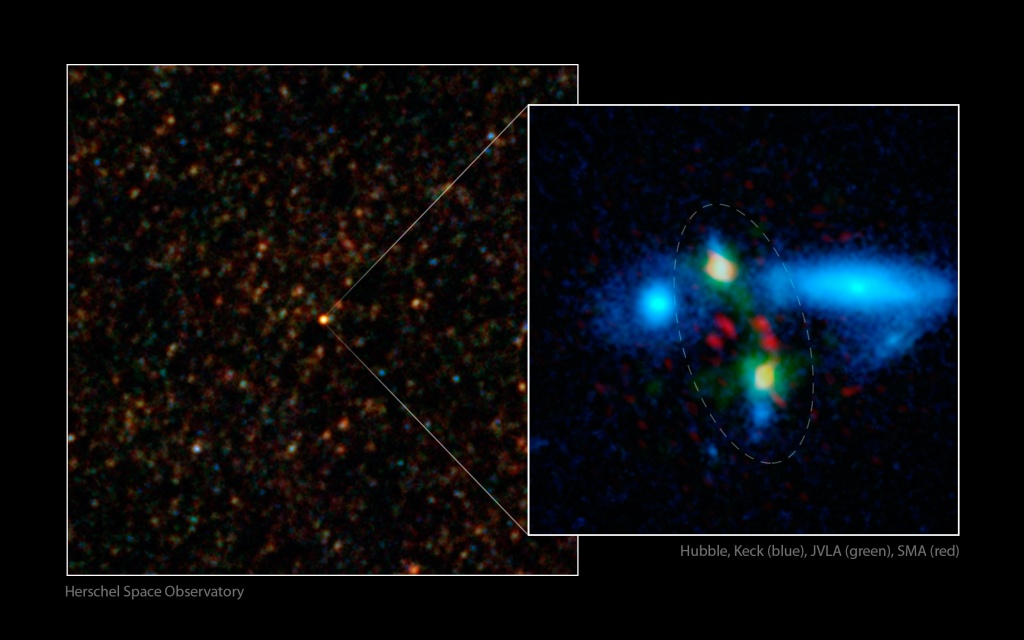
UC Irvine-led researchers teamed up using several telescopes to discover a rare and massive merging of two galaxies that took place when the universe was just 3 billion years old (its current age is about 14 billion years).
view full UCI Press Release
May 21, 2013 — Comprehensive Analysis of Impact Spherules Supports Theory of Cosmic Impact 12,800 Years Ago
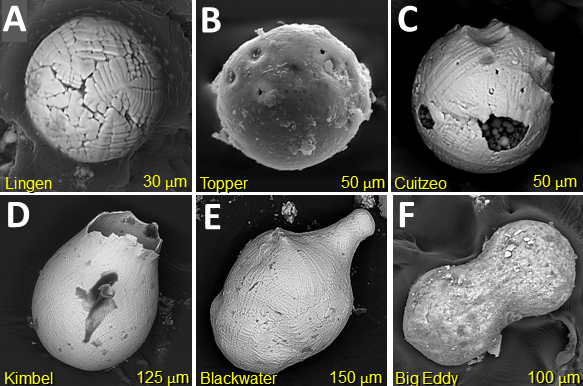
Examples of impact spherules collected from different sites.
view full UCSB Press Release
May 14, 2013 — Optimized BLENDER Code Speeds Up Kepler Planet Analyses
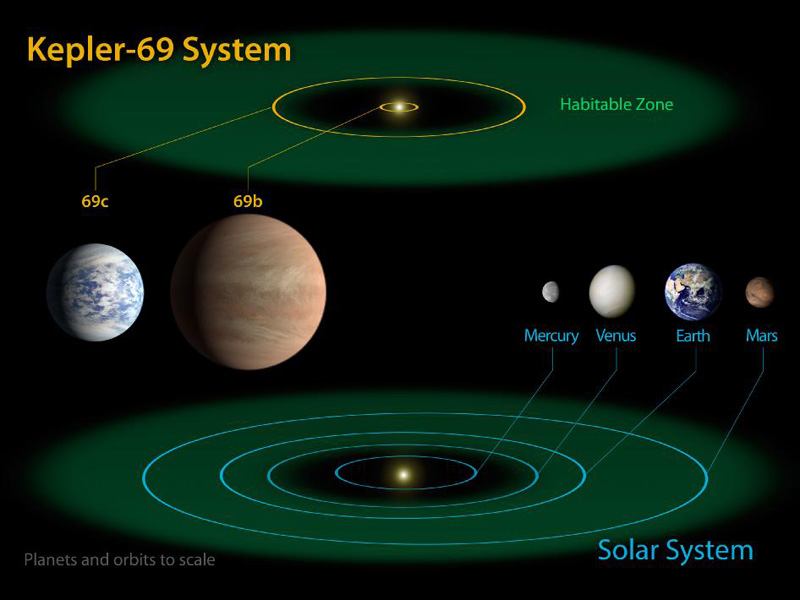
This diagram compares the planets of the inner Solar System to Kepler-69, a two-planet system about 2,700 light-years from Earth in the constellation Cygnus. The two planets of Kepler-69 orbit a star that belongs to the same class as our Sun. NASA Ames, JPL-Caltech
view full NASA Ames Press Release
May 3, 2013 — Extreme Star Formation Reveals a Fleeting Phase of Galactic Evolution

Infrared light pours from the galaxy, just a tiny red dot in this wide-angle view of the sky captured by WISE. Image credit: NASA
view full UCSD Press Release
April 29, 2013 — Astrophysics internships bring community college students to UCSC
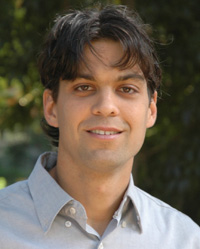
Enrico Ramirez-Ruiz
view full UCSC Press Release
April 22, 2013 — UCLA space scientists find way to monitor elusive collisions in space
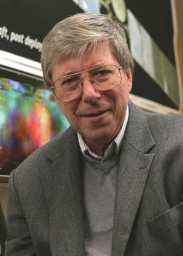
Christopher T. Russell
view full UCLA Press Release
April 18, 2013 — Distant blazar is a high-energy astrophysics puzzle
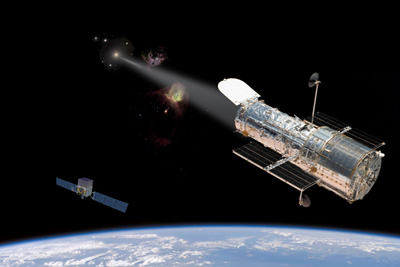
Artist's concept of the Hubble Space Telescope viewing ultraviolet light from the jet of the active galactic nucleus of PKS 1424+240. Clouds of hydrogen gas along the line of sight absorb the light at known frequencies, allowing the redshift and distance of each cloud to be determined.
view full UCSC Press Release
April 16, 2013 — UCB chosen to build NASA’s next weather satellite
The ICON satellite will orbit Earth at a 27 degree angle to the equator, pointing its MIGHTI imager and far and extreme ultraviolet sensors at ionospheric storms as on-board instruments measure the flow of charged-particles (guided by the arched magnetic field shown with blue lines) at the position of the satellite.
view full UCB Press Release
March 27, 2013 — Professor Enlists Android Phones in Search for Black Holes

Berkeley computer scientist David Anderson, one of the brains behind the SETI@Home project, an effort to find extraterrestrial life using the world’s personal computers.
view full Wired Press Release featuring UCB
March 27, 2013 — UCSC and industry partners launch center for data storage research
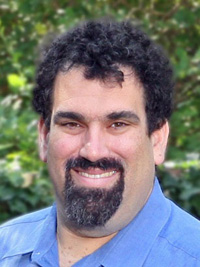
Ethan Miller, director of the Center for Research in Storage Systems at UCSC
view full UCSC Press Release
March 21, 2013 — Planck Mission Updates the Age of the Universe and What it Contains
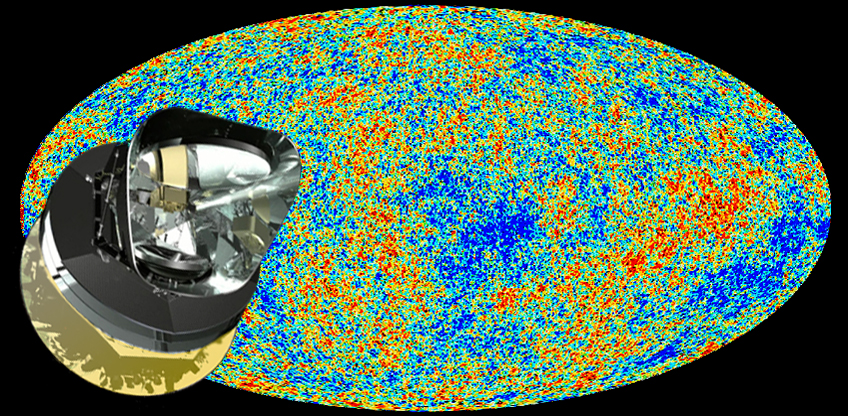
The Planck mission has yielded the most detailed map yet of the cosmic microwave background radiation, from which crucial cosmological parameters have been recalculated.
view full LBNL Press Release
March 21, 2013 — Planck Mission Brings Universe Into Sharp Focus

Map of Matter in the Universe: This full-sky map from the Planck mission shows matter between Earth and the edge of the observable universe. Regions with less mass show up as lighter areas while regions with more mass are darker.
view full UCSB Press Release
March 14, 2013 — Building the Massive Simulation Sets Essential to Planck Results
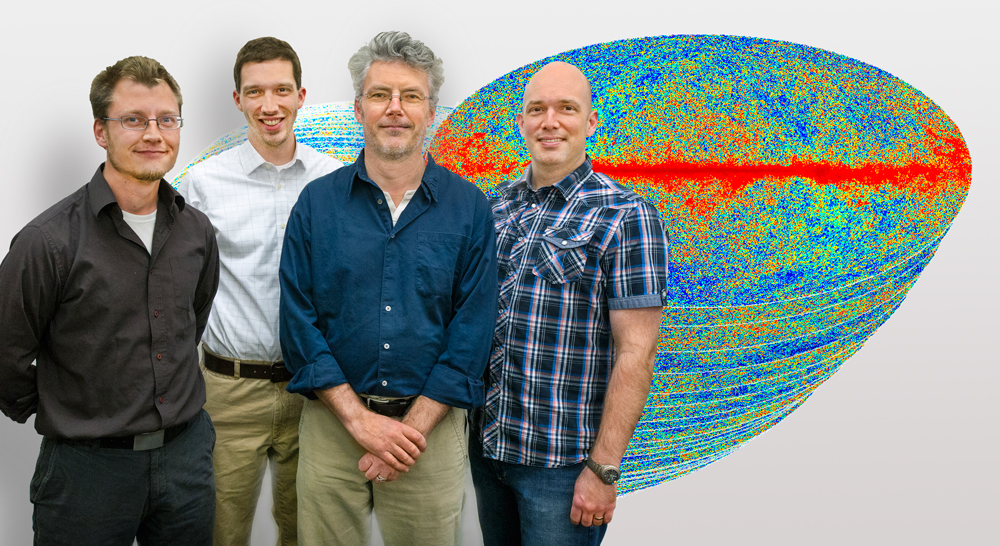
From left, Reijo Keskitalo, Aaron Collier, Julian Borrill, and Ted Kisner of the Computational Cosmology Center with some of the many thousands of simulations for Planck Full Focal Plane 6.
view full LBNL Press Release
March 14, 2013 — “Water signature in distant planet shows clues to its formation, Lawrence Livermore research finds”
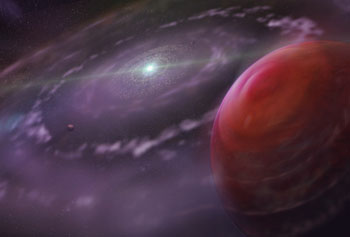
Artist's rendering of the planetary system HR 8799 at an early stage in its evolution, showing the planet HR 8799c, a disk of gas and dust, and interior planets. Image courtesy of Dunlap Institute for Astronomy & Astrophysics; Mediafarm.
view full LLNL Press Release
March 5, 2013 — Evidence that comets could have seeded life on Earth
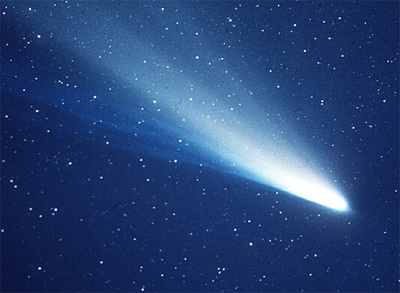
Comets like Halley’s can be a breeding ground for complex molecules such as dipeptides. Comets colliding with Earth could have delivered these molecules and seeded the growth of more complex proteins and sugars necessary for life.
view full UCB Press Release
March 1, 2013 — Instruments detect never-before-seen phenomenon in Earth’s magnetosphere
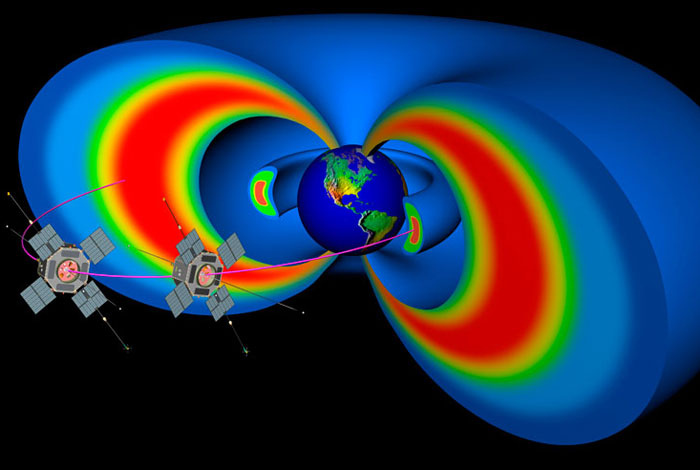
This NASA rendering depicts Earth's Van Allen radiation belts and the path of the Van Allen Probe spacecraft, which were launched in August 2012. Data from the spacecraft have confirmed a never-before-seen phenomenon—a long-lived zone of high-energy electrons residing between the inner and outer radiation belts.
view full LANL Press Release
February 28, 2013 — SDSC helps craft Big Data top 100 list
view full UCSD Press Release
February 21, 2013 — Stellar motions in outer halo shed new light on Milky Way evolution

This illustration shows the disk of our Milky Way galaxy surrounded by a faint, extended halo of old stars. Astronomers using the Hubble Space Telescope to observe the nearby Andromeda galaxy identified a dozen foreground stars in the Milky Way halo and measured their sideways motions. Illustration Credit: NASA, ESA, and A. Feild (STScI)
view full UCSC Press Release
February 21, 2013 — UC Riverside Astronomer Awarded Sloan Research Fellowship
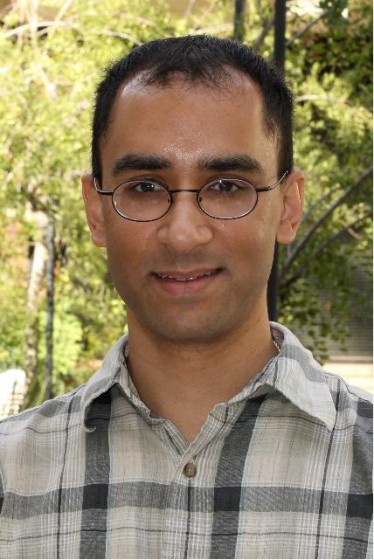
Naveen Reddy is an assistant professor of physics and astronomy at UC Riverside.
view full UCR Press Release
February 20, 2013 — Searching for the Solar System’s Chemical Recipe
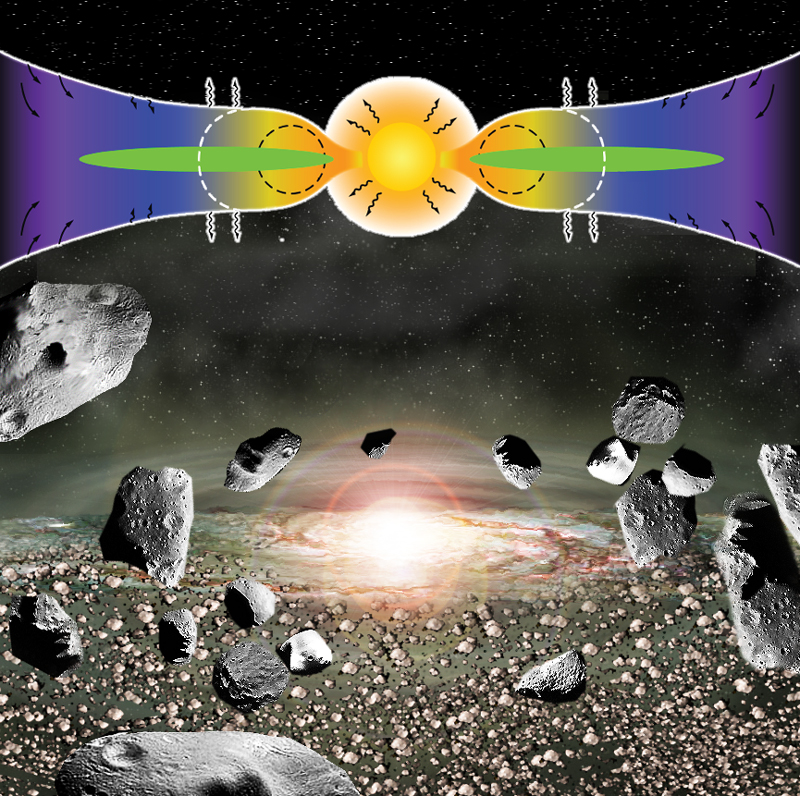
The protosun evolved in a hot nebula of infalling gas and dust that formed an accretion disk (green) of surrounding matter. Visible and ultraviolet light poured from the sun, irradiating abundant clouds of carbon monoxide, hydrogen sulfide, and other chemicals. Temperatures near the sun were hot enough to melt silicates and other minerals, forming the chondrules found in early meteoroids (dashed black circles). Beyond the “snowline” (dashed white curves), water, methane, and other compounds condensed to ice. Numerous chemical reactions contributed to the isotopic ratios seen in relics of the early solar system today.
view full LBNL Press Release
February 6, 2013 — The Last Big Bump Before a Supernova Explodes

The day the supernova exploded (a) it was surrounded by a shell of matter ejected a month earlier (purple) with a radius of 7,000,000,000 kilometers, moving 2,000 kilometers a second. An outer shell (orange) had been ejected earlier and was moving slower. By day 5 (b) the shock front (black circle) was moving 10,000 kilometers a second, and by day 20 (c) had engulfed the inner shell, exposing the debris of the exploded core. (Sketch adapted from Ofek et al, Palomar Transient Factory)
On August 25, 2010, the autonomous machine-learning framework (developed by Josh Bloom of Berkeley Lab’s Physics Division and Peter Nugent of the Computational Research Division and their colleagues) was combing through recent data from the Palomar Transient Factory (PTF) and came upon a Type IIn supernova, half a billion light years away in the constellation Hercules. Shortly thereafter, Eran Ofek of Israel’s Weizmann Institute of Science led a search of previous PTF scans of the stellar neighborhood and found its likely precursor, a massive variable star that only 40 days before it went supernova had shed a huge amount of mass.
view full LBNL Press Release
February 6, 2013 — A Massive Stellar Burst, Before the Supernova
view full NERSC Press Release
February 1, 2013 — SDSC Mourns the Loss of Dr. Robert P. Harkness
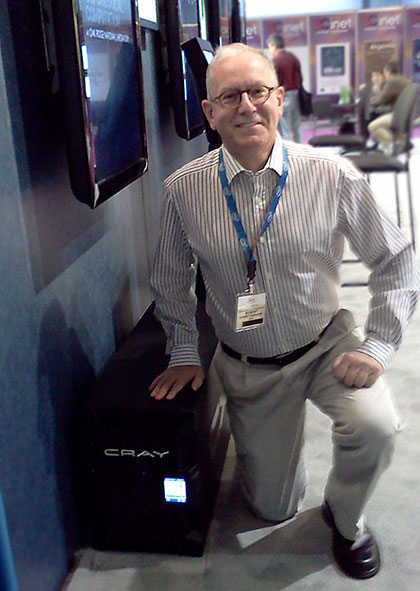
Dr. Robert P. Harkness
view full SDSC Press Release
January 23, 2013 — Astronomer Mark Krumholz awarded AAS Warner Prize
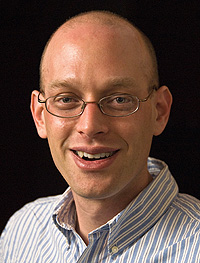
Mark Krumholz, associate professor of astronomy and astrophysics. (Photo by J. MacKenzie)
view full UCSC Press Release
January 8, 2013 — Earth-size planets common in galaxy
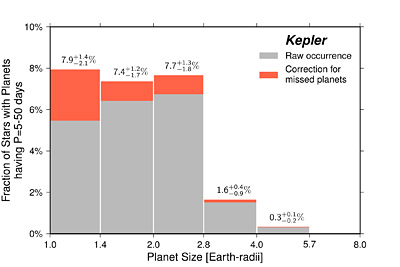
The fraction of Sun-like stars having planets of different sizes, orbiting within 1/4 of the Earth-Sun distance (0.25 AU) of the host star. The graph shows that planets as small as Earth (far left) are relatively common compared to planets 8.0x the size of Earth (similar to Jupiter). The gray indicates the planets discovered in this study, and the orange represents the correction applied to account for planets the TERRA software would miss statistically, typically about 20%.
view full UCB Press Release
December 18, 2012 — Closest single star like our Sun may have a habitable planet
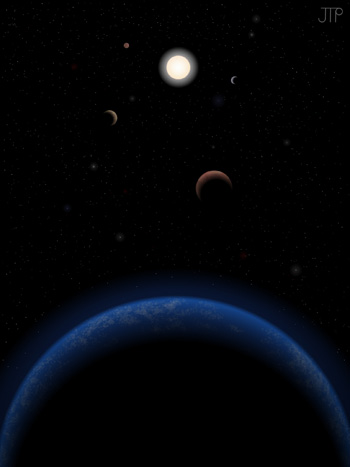
An artist's impression of the Tau Ceti system. (Image by J. Pinfield for the RoPACS network at the University of Hertfordshire, 2012)
An international team of astronomers has discovered that Tau Ceti, one of the closest and most Sun-like stars, may host five planets, including one in the star's habitable zone.
At a distance of twelve light years from Earth and visible to the naked eye in the evening sky, Tau Ceti is the closest single star that has the same spectral classification as our Sun. Its five planets are estimated to have masses between two and six times the mass of the Earth, making it the lowest-mass planetary system yet detected. One of the planets lies in the habitable zone of the star and has a mass around five times that of Earth, making it the smallest planet found to be orbiting in the habitable zone of any Sun-like star.
view full UCSC Press Release
December 17, 2012 — Top physicists gather at UCSC to honor Michael Dine and Howard Haber
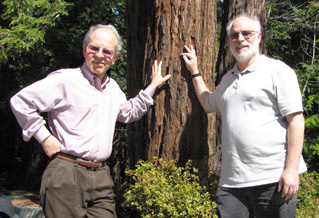
Physicists Michael Dine (left) and Howard Haber on the UCSC campus.
Dine and Haber, who are being honored on the occasion of their 60th birthdays, are both well known for their contributions to the field of theoretical high-energy physics. The symposium, "The Search for Fundamental Physics: Higgs Bosons and Supersymmetry," will take place January 4 to 6, 2013.
view full UCSC Press Release
December 17, 2012 — New Survey of Distant Galaxies Will Trace Changes Over Billions of Years
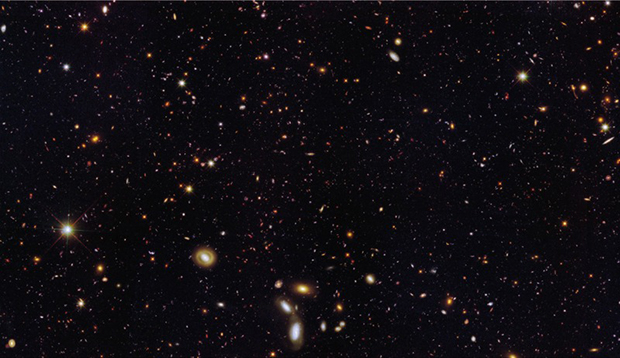
Optical images captured by the Hubble Space Telescope of distant galaxies in one of the first fields to be measured by the new collaboration. The new measurements will reveal details of the galaxies’ gases, stars and black holes. Credit: NASA/CANDELS.
Astronomers will begin an ambitious new project to measure light from thousands of distant galaxies this weekend. Over the next four years, they will spend 47 nights surveying the sky for signals from a time when the Universe was just 2 to 4 billion years old and the earliest galaxies were forming.
“In the last 10 years or so we have obtained very large samples of nearby galaxies that reveal enormous amounts of information about the stellar, gas and dust content,” said Alison Coil, an astrophysicist at the University of California, San Diego’s Center for Astrophysics and Space Sciences and one of the leaders of the project. “For these very distant galaxies we have images, especially from the Hubble Space Telescope, but we have far less information about the details of the stars, gas, dust, and black holes in them.”
view full UCSD Press Release
December 14, 2012 — UCSB Physicists Make Strides in Understanding Quantum Entanglement

Leon Balents Credit: Rod Rolle
Recently, theoretical physicists at KITP have made important strides in studying a concept in quantum physics called quantum entanglement, in which electron spins are entangled with each other. Using computers to calculate the extreme version of quantum entanglement –– how the spin of every electron in certain electronic materials could be entangled with another electron's spin –– the research team found a way to predict this characteristic. Future applications of the research are expected to benefit fields such as information technology.
view full UCSB Press Release
December 12, 2012 — X-ray laser takes aim at cosmic mystery
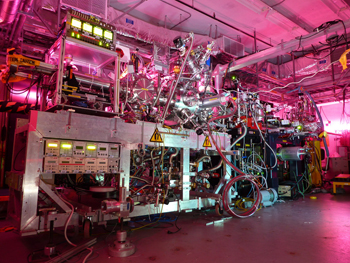
A photograph of the instrument setup for an astrophysics experiment at the SLAC National Accelerator Laboratory''s Linac Coherent Light Source (LCLS), a powerful X-ray laser. The experiment was conducted in the Soft X-ray hutch using this electron beam ion trap, or EBIT, built at the Max Planck Institute in Heidelberg, Germany.
An international collaboration including researchers from Lawrence Livermore National Laboratory has refined a key process in understanding extreme plasmas such as those found in the sun, stars, at the rims of black holes and galaxy clusters.
In short, the team identified a new solution to an astrophysical phenomenon through a series of laser experiments.
In the new research, appearing in the Dec. 13 edition of the journal Nature, scientists looked at highly charged iron using the Linac Coherent Light Source (LCLS) free-electron laser at SLAC National Accelerator Laboratory.. Highly charged iron produces some of the brightest X-ray emission lines from hot astrophysical objects, including galaxy clusters, stellar cornae and the emission of the sun.
view full LLNL Press Release
December 11, 2012 — UCSB's Joseph Incandela Receives Prestigious International Physics Prize

Joseph Incandela delivers his historic presentation to the seminar at CERN on July 4, 2012 Credit: CERN
Incandela will share the $3 million prize with six other members of the LHC project, including Peter Jenni, Fabiola Gianotti, Michel Della Negra, Tejinder Singh Virdee, Guido Tonelli, and Lyn Evans. The group is being recognized for its leadership role in the scientific endeavor that led to the discovery of the new Higgs-like particle by the CMS and ATLAS collaborations at CERN's LHC.
view full UCSB Press Release
December 11, 2012 — UCSB Physicist Receives International Acclaim for His Work in Theoretical Physics

Joseph Polchinski
With the award, Polchinski becomes a nominee for the foundation's $3 million Fundamental Physics Prize, which will be presented on March 20, 2013, in a special ceremony at the European Organization for Nuclear Research (CERN) in Geneva. Frontier Prize laureates who do not win the Fundamental Physics Prize receive an award of $300,000, and are automatically nominated again each year for the next five years.
view full UCSB Press Release
December 5, 2012 — Gordon and Betty Moore Foundation Gives a Big Boost to BigBOSS
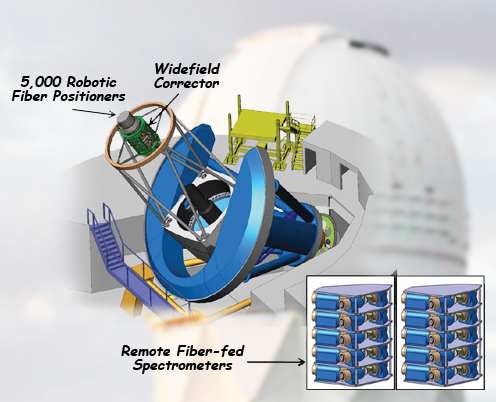
The BigBOSS proposal adds a new widefield, prime-focus corrector to the Mayall 4-meter telescope. A focal array with 5,000 optical fibers, individually positioned by robotic actuators, delivers light to a set of 10 three-arm spectrometers. (Lawrence Berkeley National Laboratory. Background photo Mark Duggan)
A $2.1 million grant from the Gordon and Betty Moore Foundation to the University of California at Berkeley, through the Berkeley Center for Cosmological Physics (BCCP), will fund the development of revolutionary technologies for BigBOSS, a project now in the proposal stage designed to study dark energy with unprecedented precision. BigBOSS is based at the U.S. Department of Energy’s Lawrence Berkeley National Laboratory (Berkeley Lab).
“BigBOSS is the next big thing in cosmology,” says Uroš Seljak, Director of the BCCP, who is a professor of physics and astronomy at UC Berkeley and a member of Berkeley Lab’s Physics Division. “It would map millions and millions of galaxies, allowing us to measure dark energy to high precision – and would yield other important scientific results as well, including determining neutrino mass and the number of neutrino families.”
view full Press Release
November 29, 2012 — High Honor for Two Physicists
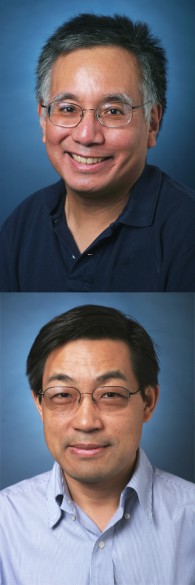
Richard Seto (top) and Jing Shi are professors of physics and astronomy at UC Riverside.
Two physicists at the University of California, Riverside — Richard Seto and Jing Shi — have been elected as fellows of the American Physical Society (APS). Only 250 researchers received the high honor this year.
The APS represents more than 50,000 members, including physicists in academia, national laboratories and industry in the United States and throughout the world. Fellowship in the society is limited to no more than one half of one percent of the membership. The evaluation process for fellowship election is done entirely by one’s professional peers.
view full UCR Press Release
November 29, 2012 — Physicist Robert Johnson elected Fellow of American Physical Society

Robert Johnson
Robert Johnson, professor of physics at UC Santa Cruz, has been elected a Fellow of the American Physical Society (APS) in recognition of his exceptional contributions to physics.
Johnson works in the areas of experimental particle physics and high-energy astrophysics and is associate director of the Santa Cruz Institute for Particle Physics (SCIPP). The APS citation recognizes him "for his leadership of the design and implementation of the Fermi Large Area Telescope (LAT) Tracker." The LAT is the primary instrument on NASA's Fermi Gamma-ray Space Telescope. Johnson led a SCIPP team that spent nearly 16 years working on the gamma-ray detecting system for the LAT. Since the launch of Fermi in 2008, his group has been involved in analyzing data from the instrument.
view full UCSC Press Release
November 15, 2012 — Dark Matter Detector Installed Underground and Submerged; Data Collection to Begin in 2013

UC Davis physicist Jeremy Mock inspects the LUX detector, the cylinder in the center, inside its protective water tank, which now has been filled with ultra-pure water.
The Large Underground Xenon experiment, nicknamed LUX, will be the most sensitive device yet to look for dark matter. Thought to comprise more than 80 percent of the mass of the universe, dark matter has so far eluded direct detection.
"This is a major step forward on the road to an operational detector in early 2013," said Mike Headley, laboratory director for the Sanford Underground Research Facility (Sanford Lab) in Lead, S.D. The Sanford Lab, located in the former Homestake gold mine, is owned and operated by the South Dakota Science and Technology Authority, with support from the Department of Energy, and oversight by DOE's Lawrence Berkeley National Laboratory.
view full UCSB Press Release
October 27, 2011 — Astronomers Pin Down Galaxy Collision by Comparing Hubble Space Telescope Photographs to Supercomputer Simulations

Mosaic shows the sequence of events as two spiral galaxies like our own Milky Way merge. As the two galaxies approach (upper left), on their first close pass, they sideswipe each other, throwing out long tails of stars and gas (upper right).
view full Press Release
October 24, 2012 — Galaxy halos are produced by orphan stars, findings indicate
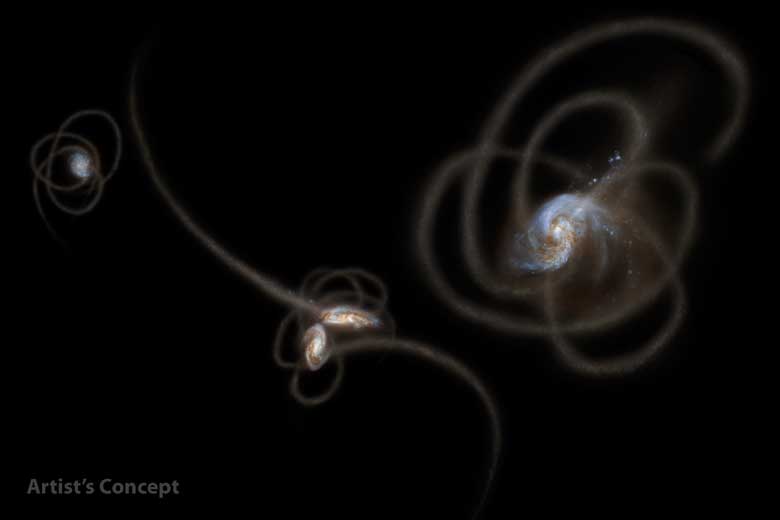
New research from UC Irvine scientists using NASA's Spitzer Space Telescope suggests that a mysterious infrared glow across our whole sky is coming from stray stars torn from galaxies. When galaxies grow, they merge and become gravitationally tangled in a violent process that results in streams of stars being ripped away from the galaxies.
“Background glow in our sky has been a huge unanswered question,” said UCI physics & astronomy professor Asantha Cooray, lead author of a paper about the discovery in the Oct. 25 issue of the journal Nature. “We have new evidence that this light is from stars that linger between galaxies. Individually, they’re too dim to be seen, but we think we’re seeing their collective blush.”
Cooray and colleagues examined 250 hours of data captured by NASA’s powerful Spitzer Space Telescope from a large swath of sky called the Boötes field, which covers the equivalent of 40 full moons near the constellation of the same name. The large scale allowed the researchers to better analyze the patterns of diffuse light.
view full UCI Press Release
October 23, 2012 — NASA - Computer Model Shows a Disk Galaxy's Life History
view LANL abstract
October 22, 2012 — Milky Way's black hole getting ready for snack
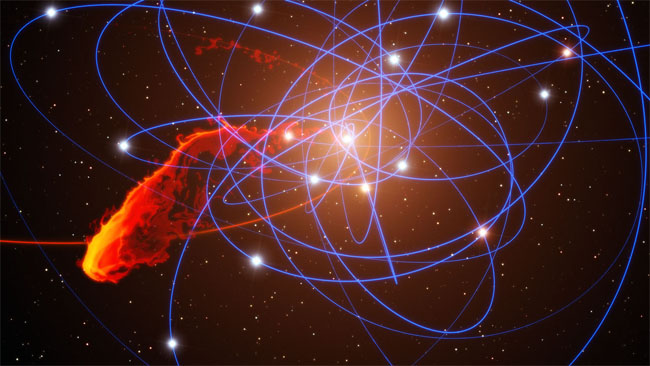
Simulations of the dust and gas cloud G2 on its orbit around the Milky Way central black hole SgrA*. Photo courtesy of M. Schartmann and L. Calcada/ European Southern Observatory and Max-Planck-Institut fur Extraterrestrische Physik.
Get ready for a fascinating eating experience in the center of our galaxy.
The event involves a black hole that may devour much of an approaching cloud of dust and gas known as G2.
A supercomputer simulation prepared by two Lab physicists and a former postdoc suggests that some of G2 will survive, although its surviving mass will be torn apart, leaving it with a different shape and questionable fate.
The findings are the work of computational physicist Peter Anninos and astrophysicist Stephen Murray, both of AX division within the Weapons and Complex Integration Directorate (WCI), along with their former postdoc Chris Fragile, now an associate professor at the College of Charleston in South Carolina, and his student, Julia Wilson.
They came up with six simulations, using the Cosmos++ computer code developed by Anninos and Fragile, which required more than 50,000 computing hours on 3,000 processors on the Palmetto supercomputer at Clemson University in Columbia, S.C. ...
view full LLNL Press Release
October 19, 2012 — Over the Last 8 Billion Years, Beautiful Rotating Disk Galaxies Like Our Own Milky Way Gradually Formed From Earlier Chaotic Systems.

This plot shows the fractions of settled disk galaxies in four time spans, each about 3 billion years long. There is a steady shift toward higher percentages of settled galaxies closer to the present time. At any given time, the most massive galaxies are the most settled. More distant and less massive galaxies on average exhibit more disorganized internal motions, with gas moving in multiple directions, and slower rotation speeds.
Astronomers had thought that disk galaxies (like our own Milky Way) had largely finished forming by about 8 billion years ago, as indicated by the rates at which stars are formed in the Universe. Therefore, many astronomers have assumed that distant, much younger disk galaxies are not all that different from nearby ones.
view full Press Release
October 19, 2012 — Astronomers uncover a surprising trend in galaxy evolution
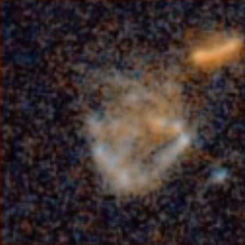
Image credit: NASA/HST
A comprehensive study of hundreds of galaxies observed by the Keck telescopes in Hawaii and NASA's Hubble Space Telescope has revealed an unexpected pattern of change that extends back 8 billion years, or more than half the age of the universe.
"Astronomers thought disk galaxies in the nearby universe had settled into their present form by about 8 billion years ago, with little additional development since," said Susan Kassin, an astronomer at NASA's Goddard Space Flight Center and the study's lead researcher. "The trend we've observed instead shows the opposite, that galaxies were steadily changing over this time period."
view full UCSC Press Release
October 18, 2012 — Violent Origin of Saturn's Oddball Moons Explained
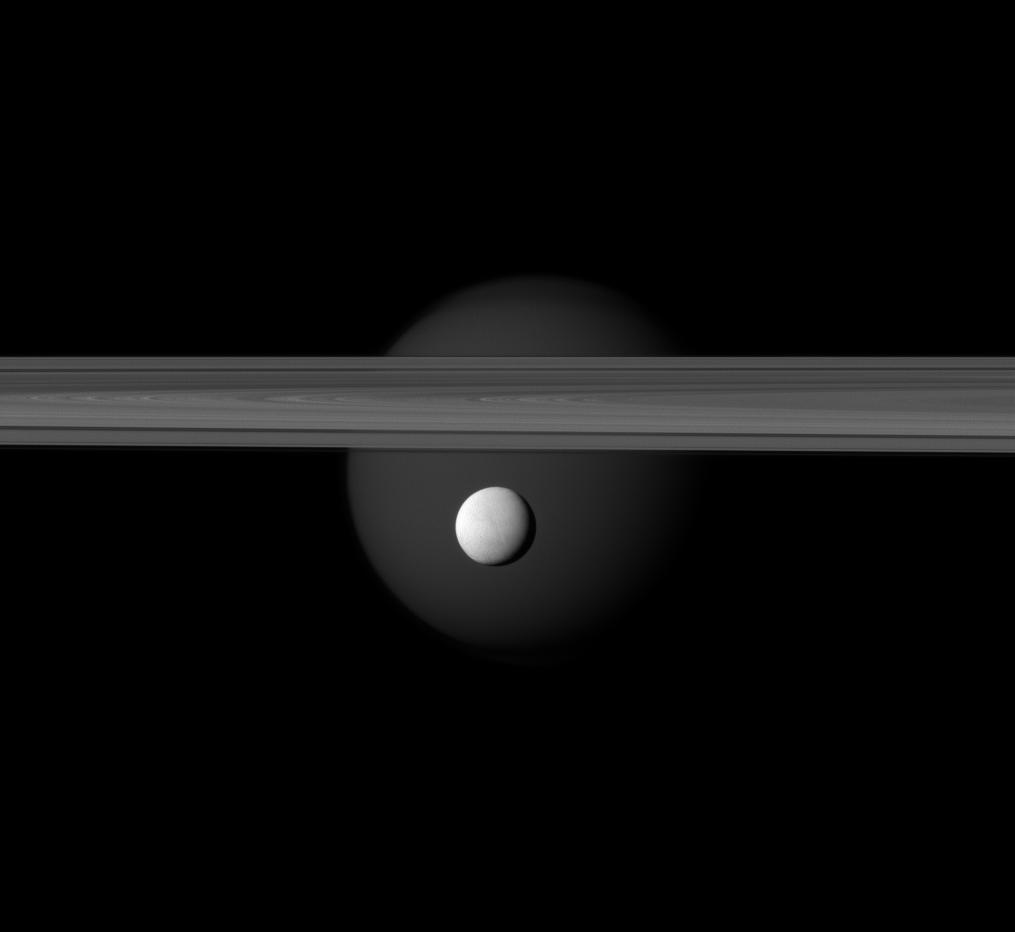
Saturn’s icy moon Enceladus hangs below the gas giant’s rings while Titan lurks in the background, in this new image taken by the Cassini spacecraft on March 12, 2012. CREDIT: NASA/JPL-Caltech/Space Science Institute
Saturn's icy medium-size moons were born when a few much bigger satellites collided to form the ringed planet's huge moon Titan, a new study suggests.
The Saturn system started out with a family of several relatively large moons like the Galilean satellites of Jupiter (Ganymede, Europa, Callisto and Io), according to the new theory. But things changed with a few dramatic moon mergers, which created the Titan we know today and shed enough material to form satellites such as Mimas, Enceladus, Tethys, Dione, Rhea and Iapetus, researchers said.
"We think that the giant planets got their satellites kind of like the sun got its planets, growing like miniature solar systems and ending with a stage of final collisions," lead author Erik Asphaug, of the University of California, Santa Cruz, said in a statement...
view full SPACE.com article
view full UCSC Press Release
October 17, 2012 — Keck observations reveal complex face of Uranus

The two faces of Uranus as seen through the adaptive optics on the near-infrared camera of the Keck II telescope in Hawaii. The white features are high altitude clouds like Earth’s cumulous clouds, while the bright blue-green features are thinner high-altitude clouds akin to cirrus clouds. Reddish tints indicate deeper cloud layers. In each image, the north pole is at the right and is highlighted by small convective spots highly reminiscent of features seen on Saturn’s pole.
The planet Uranus, known since Voyager’s 1986 flyby as a bland, featureless blue-green orb, is beginning to show its face.
By using a new technique with the telescopes of the Keck Observatory, astronomers have created the most richly detailed, highest-resolution images ever taken of the giant ice planet in the near infrared, revealing an incredible array of atmospheric detail and more complex weather.
The planet, in fact, looks like many of the solar system’s other large planets — the gas giants Jupiter and Saturn, and the ice giant Neptune — said Imke de Pater, professor and chair of astronomy at the University of California, Berkeley, and one of the team members. The planet has bands of circulating clouds, massive swirling hurricanes and an unusual swarm of convective features at its north pole.
view full UCB Press Release
October 17, 2012 — Massive Planetary Collision May Have Zapped Key Elements from Moon
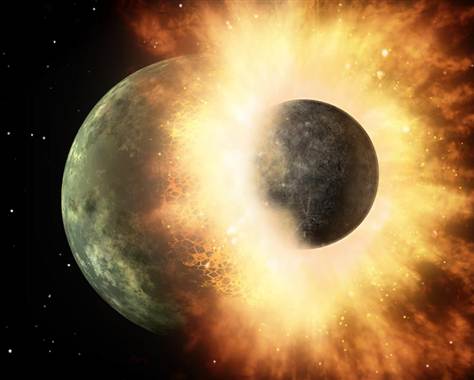
A celestial body about the size of the moon slams into a planetary body the size of Mercury in this artist's conception. Credit: NASA/JPL-Caltech
Fresh examinations of lunar rocks gathered by Apollo mission astronauts have yielded new insights about the moon’s chemical makeup as well as clues about the giant impacts that may have shaped the early beginnings of Earth and the moon.
Geochemist James Day of Scripps Institution of Oceanography at UC San Diego and colleagues Randal Paniello and Frédéric Moynier at Washington University in St. Louis used advanced technological instrumentation to probe the chemical signatures of moon rocks obtained during four lunar missions and meteorites collected from the Antarctic. The data revealed new findings about elements known as volatiles, which offer key information about how planets may have formed and evolved.
view full UCSD Press Release
October 17, 2012 — Giant impact scenario may explain the unusual moons of Saturn
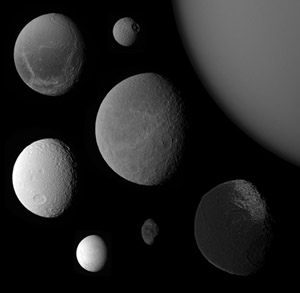
Saturn's baffling diversity of moons includes, clockwise from Titan (upper right), Iapetus, Hyperion, Enceladus, Tethys, Dione, and Mimas, with Rhea in the center. (Credit: NASA/JPL/SSI; montage by E. Lakdawalla)
Among the oddities of the outer solar system are the middle-sized moons of Saturn, a half-dozen icy bodies dwarfed by Saturn's massive moon Titan. According to a new model for the origin of the Saturn system, these middle-sized moons were spawned during giant impacts in which several major satellites merged to form Titan.
Erik Asphaug, professor of Earth and planetary sciences at the University of California, Santa Cruz, will present this new hypothesis October 19 at the annual meeting of the Division for Planetary Sciences of the American Astronomical Society in Reno, Nevada. Asphaug and his coauthor, Andreas Reufer of the University of Bern, Switzerland, also describe their model in detail in a paper to be published in Icarus (in press).
view full UCSC Press Release
October 12, 2012 — Mapping the Sky

UCSC Professor of Astronomy Connie Rockosi, a member of the multi-institutional team that built the digital scanning camera for the Sloan Digital Sky Survey. (Photo courtesy Fermilab Visual Media Services)
On Friday nights,while her high school classmates were going to parties, Connie Rockosi enjoyed a different kind of celebration: star parties at her local astronomy club in Cranford, New Jersey.
One night, she saw a star disappear as it passed behind the rings of Saturn and then wink at her through a gap in the rings. Even if she couldn't see the gap directly, the reappearance of the star proved that it was there.
"It was a neat experience," she says. "It's the kind of detective work that we have to do as astronomers, because we can't go out and poke at the things we observe. We have to tell a story based on very limited and indirect observations. This was my first taste of what it's like to do science."
view full UCSC Press Release
October 5, 2012 — Grants help scientists explore boundary between science & science fiction
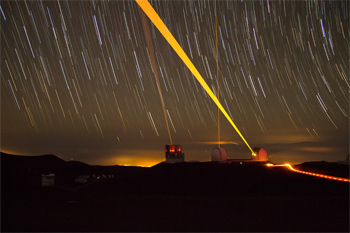
Lasers in use by telescopes atop Mauna Kea in Hawaii. If aliens elsewhere in the galaxy use lasers for astronomy or communications, we may be able to detect them from Earth. Courtesy of Keck Observatory.
Astronomer Geoff Marcy, who kicked off the search for extrasolar planets 20 years ago, plans to rummage through data from the Kepler space telescope in search of evidence for civilizations advanced enough to have built massive orbiting “solar” power stations.
Theoretical physicist Raphael Bousso will look for ways of detecting universes other than our own, and try to understand what these alternate universes, or multiverses, will look like.
Marcy and Bousso are among 20 innovative researchers who will share more than $4 million in New Frontiers in Astronomy & Cosmology International Grants that were announced Thursday, Oct. 4, by the University of Chicago. The grants were made possible through funding from the Pennsylvania-based John Templeton Foundation as a way to encourage scientists and students worldwide to explore fundamental, big questions in astronomy and cosmology that engage groundbreaking ideas on the nature of the universe...
view full UCB Press Release
October 4, 2012 — Livermore experiments illuminate how order arises in the cosmos
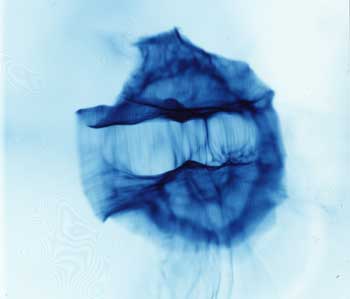
Plasmas stream from the top and bottom to form large-scale electromagnetic fields.
The surprising discovery of self-organized electromagnetic fields in counter-streaming ionized gases (also known as plasmas) will give scientists a new way to explore how order emerges from chaos in the cosmos. This breakthrough finding was published online in the journal, Nature Physics on Sept. 30.
"We've created a model for exploring how electromagnetic fields help organize ionized gas or plasma in astrophysical settings, such as in the plasma flows that emerge from young stars," said lead author Nathan Kugland, a postdoctoral researcher in the High Energy Density Science Group at Lawrence Livermore National Laboratory (LLNL). "These fields help shape the flows, and likely play a supporting role alongside gravity in the formation of solar systems, which can eventually lead to the creation of planets like the Earth."...
view full LLNL Press Release
October 4, 2012 — UCLA astronomers discover star racing around black hole at center of our galaxy

Keck telescopes observe the center of our galaxy
UCLA astronomers report the discovery of a remarkable star that orbits the enormous black hole at the center of our Milky Way galaxy in a blistering 11-and-a-half years — the shortest known orbit of any star near this black hole.
The star, known as S0-102, may help astronomers discover whether Albert Einstein was right in his fundamental prediction of how black holes warp space and time, said research co-author Andrea Ghez, leader of the discovery team and a UCLA professor of physics and astronomy who holds the Lauren B. Leichtman and Arthur E. Levine Chair in Astrophysics.
The research is published Oct. 5 in the journal Science.
view full UCLA Press Release
October 24, 2012 — Astronomers report dark matter 'halos' may contain stars, disprove other theories

The image on the left shows a portion of our sky, called the Boötes field, in infrared light, while the image on the right shows a mysterious, background infrared glow captured by NASA's Spitzer Space Telescope in the same region of sky. Using Spitzer, researchers were able to detect this background glow, which spreads across the whole sky, by masking out light from galaxies and other known sources of light.
Could it be that dark matter "halos" — the huge, invisible cocoons of mass that envelop entire galaxies and account for most of the matter in the universe — aren't completely dark after all but contain a small number of stars? Astronomers from UCLA, UC Irvine and elsewhere make a case for that in the Oct. 25 issue of the journal Nature.
Astronomers have long disagreed about why they see more light in the universe than it seems they should — that is, why the infrared light they observe exceeds the amount of light emitted from known galaxies.
When looking at the cosmos, astronomers have seen what are neither stars nor galaxies nor a uniform dark sky but mysterious, sandpaper-like smatterings of light, which UCLA's Edward L. (Ned) Wright refers to as "fluctuations." The debate has centered around what exactly the source of those fluctuations is.
view full UCLA Press Release
October 2, 2012 — Panofsky Prize Honors Researchers' Underground Hunt for Dark Matter
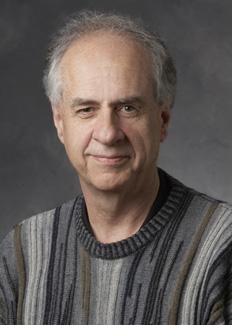
Blas Cabrera, the Stanley G. Wojcicki Professor in the Stanford Physics Department, who has a term appointment at SLAC, is a recipient of the 2013 W.K.H. Panofsky Prize in Experimental Particle... (Photo courtesy Stanford University)
The search for dark matter runs deep with physicists Blas Cabrera and Bernard Sadoulet, who have chased this mystery far underground and will be recognized for their work as joint recipients of the 2013 W.K.H. Panofsky Prize in Experimental Particle Physics. The prize is named for SLAC's founding director, Wolfgang "Pief" Panofsky, and awarded by the American Physical Society.
While some researchers are scanning the heavens with powerful telescopes to detect dark matter or crashing particles together in an effort to create and study its exotic components, Sadoulet, of the University of California, Berkeley, and Lawrence Berkeley National Laboratory, and Cabrera, of Stanford University and SLAC National Accelerator Laboratory, have sought the same answers in deep shafts largely shielded from cosmic rays and other unwanted particle "noise."
Their continuing, decades-long Cryogenic Dark Matter Search has brought them to several underground sites in the hunt for direct evidence of theorized weakly interacting massive particles, or WIMPs. If they are proven to exist, WIMPs could help define and explain dark matter, which is thought to make up about 25 percent of the energy density in the universe and is responsible for the formation of structure in the universe...
view full SLAC Press Release
September 27, 2012 — Simulations Uncover 'Flashy' Secrets of Merging Black Holes
Catching gravitational waves from some of the strongest sources -- colliding black holes with millions of times the sun's mass -- will take a little longer. These waves undulate so slowly that they won't be detectable by ground-based facilities. Instead, scientists will need much larger space-based instruments, such as the proposed Laser Interferometer Space Antenna, which was endorsed as a high-priority future project by the astronomical community.
A team that includes astrophysicists at NASA's Goddard Space Flight Center in Greenbelt, Md., is looking forward to that day by using computational models to explore the mergers of supersized black holes. Their most recent work investigates what kind of "flash" might be seen by telescopes when astronomers ultimately find gravitational signals from such an event. ..
view full NASA Ames Press Release
September 25, 2012 — Hubble produces deepest ever view of the universe
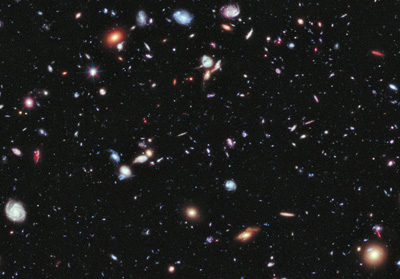
A wide variety of distant galaxies can be seen in this section of the eXtreme Deep Field (XDF). See video below. (Credit: NASA; ESA; G. Illingworth, D. Magee, and P. Oesch, UC Santa Cruz; R. Bouwens, Leiden University; and the HUDF09 Team)
Like photographers assembling a portfolio of best shots, astronomers have assembled a new, improved portrait of mankind's deepest-ever view of the universe.
Called the eXtreme Deep Field, or XDF, the photo was assembled by a team led by Garth Illingworth, professor of astronomy and astrophysics at UC Santa Cruz. The image combines 10 years of Hubble Space Telescope photographs taken of a patch of sky at the center of the original Hubble Ultra Deep Field. The size of the XDF on the sky is a small fraction of the angular diameter of the full moon...
view full UCSC Press Release
September 24, 2012 — A Clock that Will Last Forever
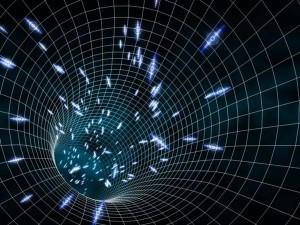
Imagine a clock that will keep perfect time forever or a device that opens new dimensions into quantum phenomena such as emergence and entanglement.
Lynn Yarris (510) 486-5375 lcyarris@lbl.gov
Imagine a clock that will keep perfect time forever, even after the heat-death of the universe. This is the “wow” factor behind a device known as a “space-time crystal,” a four-dimensional crystal that has periodic structure in time as well as space. However, there are also practical and important scientific reasons for constructing a space-time crystal. With such a 4D crystal, scientists would have a new and more effective means by which to study how complex physical properties and behaviors emerge from the collective interactions of large numbers of individual particles, the so-called many-body problem of physics. A space-time crystal could also be used to study phenomena in the quantum world, such as entanglement, in which an action on one particle impacts another particle even if the two particles are separated by vast distances...
view full LBNL Press Release
September 24, 2012 — UC San Diego Astrophysicist Wins Hans Bethe Prize
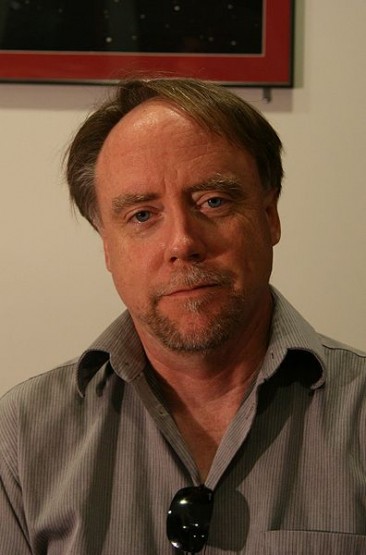
George Fuller Credit: CASS, UC San Diego
George Fuller, an astrophysicist and professor of physics who directs UC San Diego’s Center for Astrophysics and Space Sciences, known as CASS, has been selected to receive the 2013 Hans A. Bethe Prize.
The prestigious award is given annually by the American Physical Society to” recognize outstanding work in theory, experiment or observation in the areas of astrophysics, nuclear physics, nuclear astrophysics, or closely related fields.” The prize, which was established to honor Bethe, a renowned nuclear physicist at Cornell University, consists of $10,000 and a certificate citing the contributions made by the recipient.
Fuller was cited for “outstanding contributions to nuclear astrophysics, especially his seminal work on weak interaction rates for stellar evolution and collapse and his pioneering research on neutrino flavor-mixing in supernovae.” He will formally receive his award at a special session of the society’s April 2013 meeting in Denver...
view full UCSD Press Release
September 17, 2012 — Berkeley Lab Sensors Enable First Light for the Dark Energy Camera

The Dark Energy Camera is mounted on the Victor Blanco 5-meter telescope at Cerro Tololo. Its focal plane consists of 62 large Berkeley Lab CCDs with exceptionally high sensitivity to the near infrared end of the spectrum. (Photos Roger Smith, NOAO, AURA, NSF; Blanco webcam; Fermilab; Roy Kaltschmidt, Lawrence Berkeley National Laboratory)
Paul Preuss 510-486-6249 paul_preuss@lbl.gov
Early in the morning of September 12 the Dark Energy Camera (DECam), mounted on the Victor Blanco Telescope at the Cerro Tololo Inter-American Observatory in Chile, recorded its first images of a southern sky spangled with galaxies. Galaxies up to eight billion light years away were captured on DECam’s focal plane, whose imager consists of 62 charge-coupled devices (CCDs) invented and developed by engineers and physicists at the U.S. Department of Energy’s Lawrence Berkeley National Laboratory (Berkeley Lab).
Berkeley Lab CCDs are noted for their exceptionally high sensitivity to light (quantum efficiency), particularly in the red and infrared regions of the spectrum – a crucial advantage for astronomical CCDs searching for objects at extremely high redshifts. Combining the 570-million-pixel focal plane made of Berkeley Lab CCDs with the light-gathering power of the Blanco telescope’s 4-meter mirror, DECam has unique ability to reach wide and deep into the night sky.
September 4, 2012 — Halo of Neutrinos Alters Physics of Exploding Stars
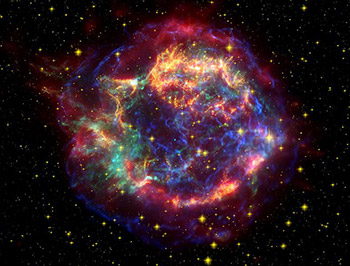
Remnants of the collapsed supernova Cassiopeia A. Credit: NASA/JPL-Caltech
Sparse halos of neutrinos within the hearts of exploding stars exert a previously unrecognized influence on the physics of the explosion and may alter which elements can be forged by these violent events.
John Cherry, a graduate student at UC San Diego, models stellar explosions, including a type called a core-collapse supernova. As these stars run out of fuel, their cores suddenly collapse to form a neutron star, which quickly rebounds sending seas of neutrinos through the surrounding stellar envelope and out into space.
Even as the collapsed core is rebounding, the rest of the star is still falling inward. Plumes of matter sink, accreting onto the core. “This matter is actually causing some small fraction of neutrinos to bounce at wide angles and cross the trajectories of neutrinos coming from the core,” Cherry said.
September 4, 2012 — Explosion of galaxy formation lit up early universe
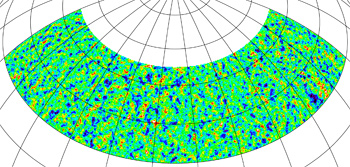
The South Pole Telescope recorded temperature fluctuations in the cosmic microwave background, the light left over from the Big Bang, to study the period of cosmological evolution when the first stars and galaxies formed early in the history of the universe. The image, only a third of which was used for the current analysis, shows variations in millionths of a degree Kelvin. (South Pole Telescope Collaboration)
BERKELEY - New data from the South Pole Telescope indicates that the birth of the first massive galaxies that lit up the early universe was an explosive event, happening faster and ending sooner than suspected.
Extremely bright, active galaxies formed and fully illuminated the universe by the time it was 750 million years old, or about 13 billion years ago, according to Oliver Zahn, a postdoctoral fellow at the Berkeley Center for Cosmological Physics (BCCP) at the University of California, Berkeley, who led the data analysis.
The data provide new constraints on the universe’s first era of galaxy formation, called the Epoch of Reionization. Most astronomers think that early stars came to life in massive gas clouds, generating the first galaxies. The energetic light pumped out by these stars is thought to have ionized the hydrogen gas in and around the galaxies, creating “ionization bubbles” millions of light years across that left a lasting, telltale signature in the cosmic background radiation (CMB). This relic light from the early universe is visible today everywhere in the sky and was first mapped by UC Berkeley physicist and Nobel laureate George Smoot, founder of the BCCP.
October 31, 2012 — Protoplanet Vesta: Forever young?
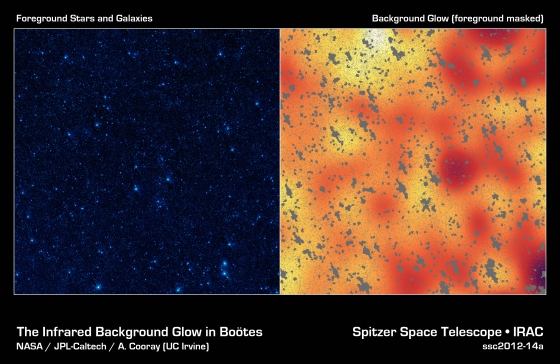
This image from NASA's Dawn spacecraft features the distinctive crater Canuleia on the protoplanet Vesta. Canuleia, about 6 miles (10 kilometers) in diameter, is distinguished by the rays of bright material that streak out from it.
Like a movie star constantly retouching her makeup, the protoplanet Vesta is continually stirring its outermost layer and presenting a young face.
New data from NASA's Dawn mission show that a common form of weathering that affects many airless bodies like Vesta in the inner solar system, including the moon, surprisingly doesn't age the protoplanet's outermost layer.
The data also indicate that carbon-rich asteroids have been splattering dark material on Vesta's surface over a long span of the body's history.
view full UCLA Press Release
August 30, 2012 — Celebrating astronomical success at UC Santa Cruz
During this year's celebration, two major events—the Foundation Forum, featuring Martin Rees, United Kingdom's Astronomer Royal, and the 12th annual Sidhartha Maitra Memorial Lecture, featuring Sandra Faber, University Professor of Astronomy and Astrophysics professor at UCSC, will put astronomy studies in the spotlight.
UC Santa Cruz is the perfect place to host these high-profile events, considering its eminent status in this field. UCSC is one of the world's leading centers for both observational and theoretical research in astronomy and astrophysics.
Areas of special interest at UCSC include the formation and evolution of stars and galaxies, planet formation and extrasolar planets, cosmology (the origin and evolution of the universe), high-energy astrophysics, black holes, supernovae, and all aspects of observational optical and infrared astronomy..."
view full UCSC Press Release
August 23, 2012 — Supernovae of the same brightness, cut from vastly different cosmic cloth

The supernova PTF 11kx can be seen as the blue dot on the galaxy. The image was taken when the supernova was near maximum brightness by the Faulkes Telescope North. The system is located approximately 600 million light years away in the constellation Lynx. Image Credit: BJ Fulton (Las Cumbres Observatory Global Telescope Network)
Exploding stars called Type 1a supernova are ideal for measuring cosmic distance because they are bright enough to spot across the Universe and have relatively the same luminosity everywhere. Although astronomers have many theories about the kinds of star systems involved in these explosions (or progenitor systems), no one has ever directly observed one—until now..."
view full LBL press Release
August 23, 2012 — New Findings Show Some Type Ia Supernovae Linked to Novae
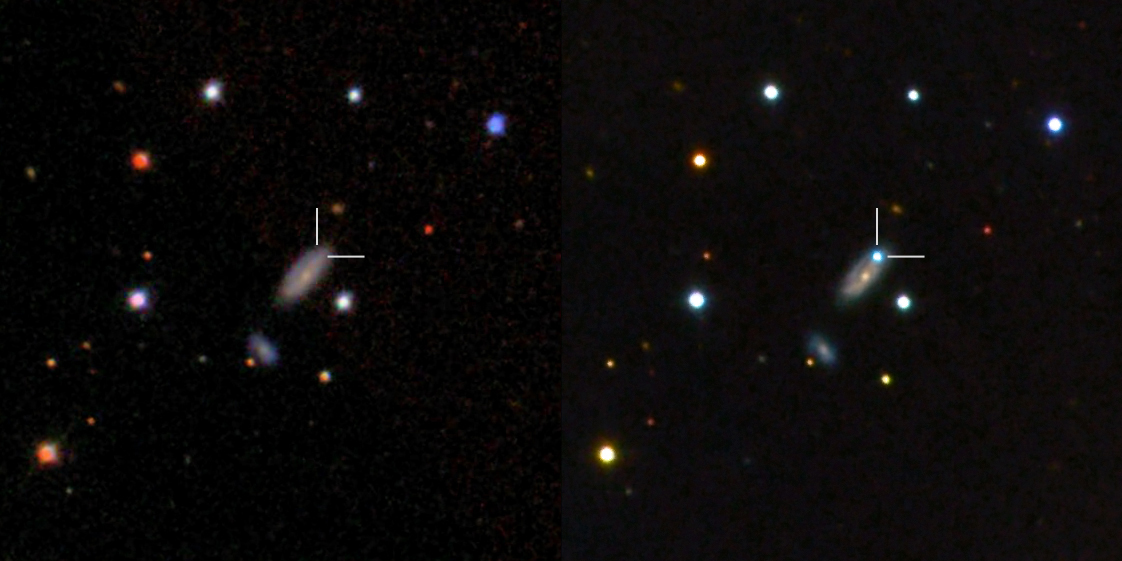
Left: Host galaxy of PTF11kx before the supernova exploded as seen from the Sloan Digital Sky Survey. Right: the blue dot is the supernova near peak brightness as seen with LCOGT's Faulkes Telescope North. The supernova is 600 million lightyears away in the constellation Lynx. Credit: B.J. Fulton, LCOGT
The authors conclude that there are multiple ways to make a Type Ia supernova –– a finding that could have implications for understanding the differences seen in these "standard candles," that were used to reveal the presence of dark energy.
Supernova PTF 11kx was discovered by the Palomar Transient Factory (PTF) in a galaxy 600 million light years away –– relatively nearby in astronomical terms, but like all Type Ia supernovae, much too far away to make out the details of the stars before they exploded. However, the astronomers could discern that the supernova was surrounded by shells of gas, some of it containing hydrogen that had likely been cast off in previous nova eruptions, decades before the supernova occurred. These are much more frequent weak explosions that do not destroy the star. While similar shells of material had been seen before in a handful of Type Ia supernovae, their origin was debated, and they had never before been firmly linked to novae. Some doubted that the material was even near to the supernova at all...
view full UCSB Press Release
August 21, 2012 — Intense Bursts of Star Formation Drive Fierce Galactic Winds
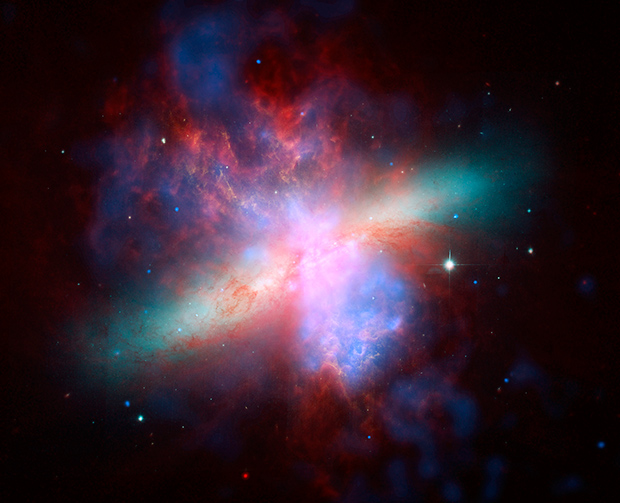
Matter blasts out of the starburst galaxy M82 in this composite image from three observatories. Credit: Smithsonian Institution/Chandra X-ray Observatory
"Fierce galactic winds powered by an intense burst of star formation may blow gas right out of massive galaxies, shutting down their ability to make new stars.
Sifting through images and data from three telescopes, a team of astronomers found 29 objects with outflowing winds measuring up to 2,500 kilometers per second, an order of magnitude faster than most observed galactic winds.
“They’re nearly blowing themselves apart,” said Aleksandar Diamond-Stanic, a fellow at the University of California’s Southern California Center for Galaxy Evolution, who led the study. “Most galactic winds are more like fountains; the outflowing gas will fall back onto the galaxies. With the high-velocity winds we’ve observed the outflowing gas will escape the galaxy and never return.” Diamond-Stanic and colleagues published their findings in Astrophysical Journal Letters..."
read full UCSD Press Release
August 13, 2012 — Gamma rays from galactic center could be evidence of dark matter
— Irvine, Calif., August 13, 2012 —
Gamma-ray photons seen emanating from the center of the Milky Way galaxy are consistent with the intriguing possibility that dark-matter particles are annihilating each other in space, according to research submitted by UC Irvine astrophysicists to the American Physical Society journal Physical Review D.
Kevork Abazajian, assistant professor, and Manoj Kaplinghat, associate professor, of the Department of Physics & Astronomy analyzed data collected between August 2008 and June 2012 from NASA’s Fermi Gamma-ray Space Telescope orbiting Earth. They found more gamma-ray photons coming from the Milky Way galactic center than they had expected, based on previous scientific models. Gamma-rays are electromagnetic radiation emitted during radioactive decay or other high-energy particle processes.
“This is the first time this new source has been observed with such high statistical significance, and the most striking part is how the shape, spectrum and rate of the observed gamma rays are very consistent with the leading theories for dark matter,” Abazajian said. “Future observations of regions with less astrophysical emission, such as dwarf galaxies, will be able to conclusively determine if this is actually from the dark matter.”..."
view full UCI Press Release
July 24, 2012 — Theoretical astrophysicist receives $500,000+, no strings attached
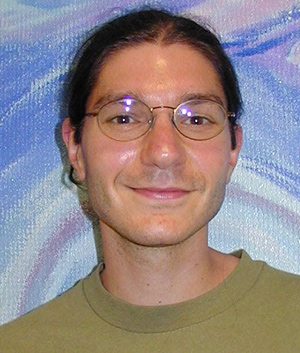
Eliot Quataert, professor of astronomy and physics, has been named a Simons Investigator, one of the first class of 21 announced July 24.
After checking whether the email was a spoof, he accepted.
Offers from the Simons Foundation went out to 21 mathematicians, theoretical physicists and theoretical computer scientists across the country, and the first group of Simons Investigators was announced today (Tuesday, July 24) in a paid ad in The New York Times. The Simons Foundation is a private foundation dedicated to advancing the frontiers of research in mathematics and the basic sciences.
“I have to say that, in my 11 years at Berkeley, this was probably the single most surprising email I have received,” said Quataert, a professor in the departments of astronomy and physics and director of UC Berkeley’s Theoretical Astrophysics Center. “No complaints! What is particularly nice about this grant, from my perspective, is that the Simons Foundation is very flexible in how we can use the funds, which is wonderful because it gives me the opportunity and resources to really explore new research problems, which I like to do.”
As with the MacArthur Foundation “genius awards,” the recipients were unaware they were being considered for the award, and the money comes with no strings attached..."
view full UCB Press Release
July 18, 2012 — Astronomers using the Hubble Space Telescope report the earliest spiral galaxy ever seen

Galaxy BX442 and its companion dwarf galaxy.
Astronomers have witnessed for the first time a spiral galaxy in the early universe, billions of years before many other spiral galaxies formed. In findings reported July 19 in the journal Nature, the astronomers said they discovered it while using the Hubble Space Telescope to take pictures of about 300 very distant galaxies in the early universe and to study their properties. This distant spiral galaxy is being observed as it existed roughly three billion years after the Big Bang, and light from this part of the universe has been traveling to Earth for about 10.7 billion years.
"As you go back in time to the early universe, galaxies look really strange, clumpy and irregular, not symmetric," said Alice Shapley, a UCLA associate professor of physics and astronomy, and co-author of the study. "The vast majority of old galaxies look like train wrecks. Our first thought was, why is this one so different, and so beautiful?"
Galaxies in today’s universe divide into various types, including spiral galaxies like our own Milky Way, which are rotating disks of stars and gas in which new stars form, and elliptical galaxies, which include older, redder stars moving in random directions. The mix of galaxy structures in the early universe is quite different, with a much greater diversity and larger fraction of irregular galaxies, Shapley said...
view full UCLA Press Release
July 11, 2012 — Dark galaxies of the early universe spotted for the first time
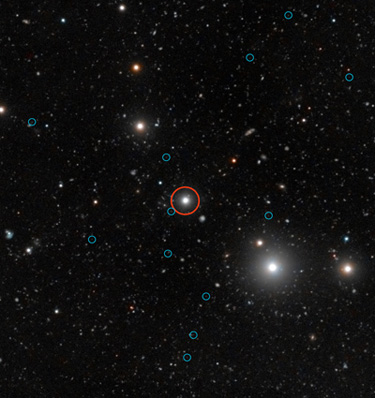
This deep image shows the region of the sky around the quasar HE0109-3518 (labeled with a red circle near the centre of the image). The energetic radiation of the quasar makes dark galaxies glow. The faint images of the glow from 12 dark galaxies are labeled with blue circles. Image credit: ESO, Digitized Sky Survey 2, and S. Cantalupo (UCSC)
"For the first time, dark galaxies--an early phase of galaxy formation, predicted by theory but unobserved until now--may have been spotted. These objects are essentially gas-rich galaxies without stars. An international team has reported the possible detection of these elusive objects by observing them glowing as they are illuminated by a quasar. The team published their results in a paper in the journal Monthly Notices of the Royal Astronomical Society.
"After several years of attempts to detect fluorescent emission from dark galaxies, our results demonstrate the potential of our method to discover and study these fascinating and previously invisible objects," said lead author Sebastiano Cantalupo, a postdoctoral researcher at UC Santa Cruz..."
view full UCSC Press Release
July 05, 2012 — Astronomers discover Houdini-like vanishing act in space
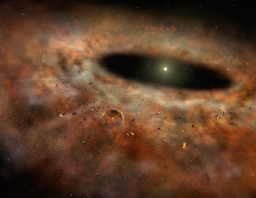
Dust today, gone tomorrow. Lynette Cook
Astronomers report a baffling discovery never seen before: An extraordinary amount of dust around a nearby star has mysteriously disappeared.
"It's like the classic magician's trick — now you see it, now you don't," said Carl Melis, a postdoctoral scholar at UC San Diego and lead author of the research. "Only in this case, we're talking about enough dust to fill an inner solar system, and it really is gone!"
"It's as if the rings around Saturn had disappeared," said co-author Benjamin Zuckerman, a UCLA professor of physics and astronomy. "This is even more shocking because the dusty disc of rocky debris was bigger and much more massive than Saturn's rings. The disc around this star, if it were in our solar system, would have extended from the sun halfway out to Earth, near the orbit of Mercury."
The research on this cosmic vanishing act, which occurred around a star some 450 light years from Earth, in the direction of the constellation Centaurus, appears July 5 in the journal Nature.
"A perplexing thing about this discovery is that we don't have a satisfactory explanation to address what happened around this star," said Melis, a former UCLA astronomy graduate student. "The disappearing act appears to be independent of the star itself, as there is no evidence to suggest that the star zapped the dust with some sort of mega-flare or any other violent event."...
view full UCLA Press Release
June, 18, 2012 — Supercomputer at Lawrence Livermore National Lab passes 16 petaflops
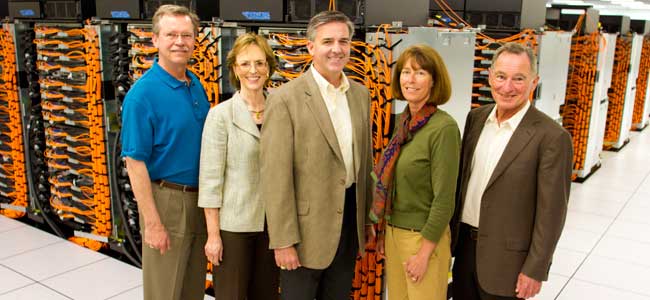
From left to right in front of Sequoia: Bruce Goodwin, principal associate director for WCI, Dona Crawford, associate director for Computation, Michael Browne, IBM, Kim Cupps, leader of the Livermore Computing Division, and Michel McCoy, head of LLNL's Advanced Simulation and Computing program and deputy director for Computation.
Clocking in at 16.32 sustained petaflops (quadrillion floating point operations per second), Sequoia earned the No. 1 ranking on the industry standard Top500 list of the world's fastest supercomputers released Monday, June 18, at the International Supercomputing Conference (ISC12) in Hamburg, Germany. Sequoia was built for NNSA by IBM...
view LNLL Press Release
June 13, 2012 — Astronomer Jerry Nelson receives Franklin Medal in campus ceremony
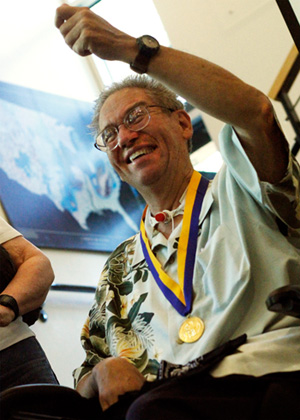
Jerry Nelson at the award ceremony in his honor. (Photos by E. Arvizu)
Astronomer Jerry Nelson received the Franklin Institute's 2012 Benjamin Franklin Medal in Electrical Engineering in a ceremony at UC Santa Cruz on Friday, June 8.
The Franklin Institute Awards are among the oldest and most prestigious comprehensive science awards in the world. Frederic Bertley, vice president for science and innovation at the Franklin Institute, traveled to UC Santa Cruz to present Nelson's medal to him in person. Nelson, a professor of astronomy and astrophysics at UCSC, was unable to travel to the Franklin Institute in Philadelphia for an awards ceremony and related events in April.
UCSC Chancellor George Blumenthal and astronomer Sandra Faber both shared memories of working with Nelson over the years in remarks before a large crowd of astronomy faculty and students at the Center for Adaptive Optics. Faber, winner of the Franklin Institute's 2009 Bower Award and Prize for Achievement in Science, joked that the institute "once again has shown excellent taste in choosing award winners."
http://news.ucsc.edu/2012/06/nelson-medal.html
June 01, 2012 — Astronomer Sandra Faber receives prestigious Bruce Gold Medal
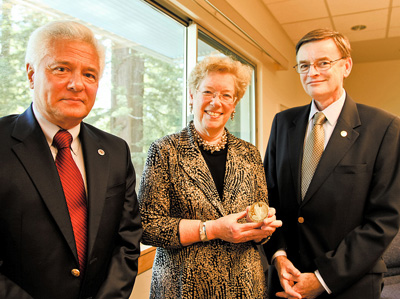
UCSC astronomer Sandra Faber (center) received the 2012 Catherine Wolfe Bruce Gold Medal from William Gutsch (left), board president of the Astronomical Society of the Pacific, and ASP executive director James Manning (right). Photo by Carolyn Lagattuta.
By Tim Stephens
The Astronomical Society of the Pacific (ASP), one of the oldest and most respected astronomy societies in the United States, has awarded the 2012 Catherine Wolfe Bruce Gold Medal to Sandra Faber, University Professor of astronomy and astrophysics at UC Santa Cruz. The award recognizes Faber for her lifetime achievements in astronomical research.
ASP executive director James Manning and ASP board president William Gutsch came to UC Santa Cruz on Thursday, May 31, to present the medal to Faber in a ceremony at the Center for Adaptive Optics. "Professor Faber has influenced observational cosmology in extraordinary ways over the past 30 years," Manning said. "We are very pleased to recognize her achievements and hope that her remarkable career serves to inspire those who wish to explore and seek greater understanding of our world and the worlds around us."...
view full UCSC Press Release
May 31, 2012 — Milky Way destined for head-on collision with Andromeda galaxy
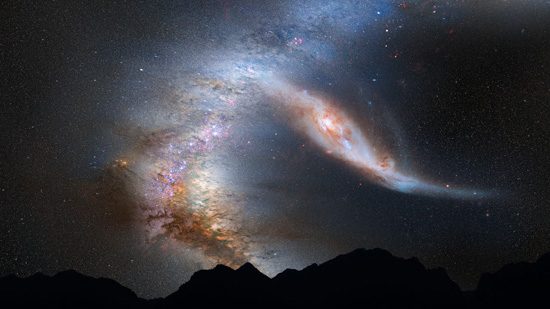
The night sky 4 billion years from now would look something like this as the Andromeda galaxy begins to collide and merge with the Milky Way. The image is based on dynamical computer modeling of the future collision between the two galaxies. Illustration Credit: NASA, ESA, Z. Levay (STScI), and O. Mellinger.
Our galactic neighbor the Andromeda galaxy is on a collision course with our own Milky Way galaxy, according to new observations by a team of astronomers using the Hubble Space Telescope.
Also called M31, the Andromeda galaxy is the closest spiral galaxy to the Milky Way and the largest in the local group of galaxies.
Painstaking measurements of its motion show that it will collide with the Milky Way about 4 billion years from now. M31 is now 2.5 million light-years away, but inexorably drifting ever nearer to us under the mutual pull of gravity between the two galaxies.
Puragra Guhathakurta, professor of astronomy and astrophysics at UC Santa Cruz, said astronomers have long speculated that the two galaxies would eventually collide. "Now we've shown that a collision is inevitable," he said...
view full UCSC Press Release
May 16, 2012 — Three-Telescope Interferometry Allows Astrophysicists to Observe How Black Holes are Fueled

Artist's view of a dust torus surrounding the accretion disk and the central black hole in active galactic nuclei. Credit: NASA E/PO - Sonoma State University, Aurore Simonnet (http://epo.sonoma.edu/)
"This three-telescope interferometry is a major milestone toward directly imaging the growth phase of supermassive black holes," said Sebastian Hoenig, a postdoctoral researcher at the UC Santa Barbara Department of Physics, and one of the astrophysicists who utilized this technique to observe the AGN at the center of galaxy NGC 3783. The observation was led by Gerd Weigelt, a director of the Max Planck Institute for Radio Astronomy in Bonn, Germany...
view full UCSB Press Release
May 16, 2012 — Science Underground: Going to Great Depths
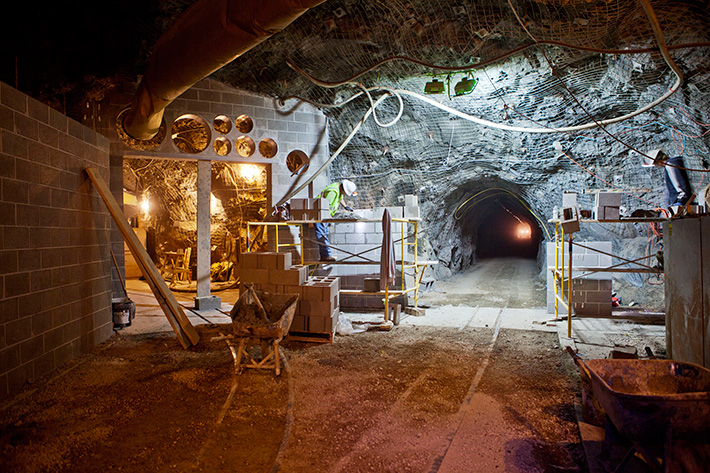
The tunnel on the left is the entrance to the cavern that will house the MAJORANA DEMONSTRATOR neutrino experiment and also provides access to the LUX experiment, which is searching for particles of dark matter. The tunnel to the right is a separate entrance to the cavern in which Ray Davis performed his famous neutrino experiment, now modified to house LUX. (Photo Matt Kapust)
The Davis Campus of the Sanford Underground Research Facility -- the Halls of Ivy it’s not.
The word “campus” brings to mind neo-Gothic bell towers and green lawns, not tunnels and caverns almost a mile underground. But that’s what the Davis Campus at the Sanford Underground Research Facility looks like, 4,850 feet down in the Homestake Mine in the Black Hills of South Dakota. Although SURF has weathered a series of funding ups and downs worthy of the rise and fall of the elevator cages that once took miners, and now scientists, to work in the mine, last year the U.S. Department of Energy successfully assumed sponsorship of the Sanford Lab’s scientific program from the National Science Foundation. DOE will maintain the mine as a home for existing and proposed projects to investigate dark matter, the secrets of the elusive neutrino, and other research that can only be done deep down in the dark...
view full LBL feature
May 10, 2012 — You're beautiful, Vesta

Craters on Vesta
When UCLA's Christopher T. Russell looks at the images of the protoplanet Vesta produced by NASA's Dawn mission, he talks about beauty as much as he talks about science.
"Vesta looks like a little planet. It has a beautiful surface, much more varied and diverse than we expected," said Russell, a professor in UCLA's Department of Earth and Space Sciences and the Dawn mission's principal investigator. "We knew Vesta's surface had some variation in color, but we did not expect the diversity that we see or the clarity of the colors and textures, or their distinct boundaries. We didn't find gold on Vesta, but it is still a gold mine."
Dawn has been orbiting Vesta and collecting data on the protoplanet's surface since July 2011. Vesta, which is in the doughnut-shaped asteroid belt between Mars and Jupiter, is currently some 321 million miles from Earth.
The journal Science publishes six papers about Vesta on May 11. Russell is a co-author on all of them...
view full UCLA Press Release
May 09, 2012 — UCLA's Andrea Ghez, Terence Tao elected to American Philosophical Society
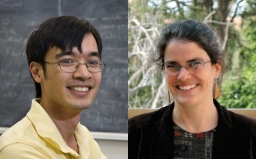
Tao (left) and Ghez
Renowned UCLA scientists Andrea Ghez, a professor of physics and astronomy, and Terence Tao, a professor of mathematics, have been elected to the American Philosophical Society, the country's oldest learned society, which recognizes extraordinary achievements in science, letters and the arts.
Founded in 1743 by Benjamin Franklin, the society's members have included George Washington, John Adams, Thomas Jefferson, James Madison, Charles Darwin, Marie Curie, Albert Einstein, Thomas Edison, Louis Pasteur, Linus Pauling and Margaret Mead.
Next week, Ghez and Tao will be in Lund, Sweden, for another honor: Each will receive the Royal Swedish Academy of Sciences' prestigious Crafoord Prize in the presence of the king and queen of Sweden. The prize recognizes extraordinary achievements in mathematics, astronomy and other fields.
Joseph Rudnick, dean of the UCLA Division of Physical Sciences, has called Ghez and Tao "two of UCLA's true superstars — indeed, two of the world's intellectual superstars."...
view full UCLA Press Release
April 25, 2012 — “NASA Scientists Find History of Asteroid Impacts in Earth Rocks"
view NASA Ames Press Release
April 25, 2012 — Huffman Prize winner helps develop better tools for analyzing "big data"

Senior Joshua Rosen, winner of the 2012 Huffman Prize. (Photo by C. Lagattuta)
When UC Santa Cruz computer scientist Neoklis Polyzotis first had Joshua Rosen as a student in one of his classes, he initially thought Rosen was a graduate student taking the class as a refresher. "Josh was head and shoulders above his classmates in terms of his understanding of the material, his ability to think critically, and his technical prowess," said Polyzotis, an associate professor of computer science in the Baskin School of Engineering.
In fact, Rosen was not a graduate student, but a junior transfer from Cabrillo College who happened to have an exceptional aptitude for computer science. Polyzotis promptly invited him to work on a research project, and before long Rosen was deeply involved in a collaborative project with researchers at UC Irvine and Yahoo Research to develop better tools for large-scale data processing. In addition to his productive engagement in this research, Rosen managed to rack up an impressive 15 A+ grades and four A's in his classes at UC Santa Cruz.
Rosen is the 2012 winner of the Huffman Prize, awarded annually to a Baskin School of Engineering graduating senior whose academic career at UCSC exhibits extraordinary creativity, depth of inquiry, and overall excellence. The Huffman Prize honors the memory and the legacy of its namesake, David A. Huffman, professor emeritus of computer science. "Joshua is a student that David Huffman would have loved to have in his class, and I'm sure Joshua would have loved learning from David," said Charlie McDowell, professor of computer science and associate dean for undergraduate affairs in the Baskin School of Engineering...
view full UCSC Press Release
April 25, 2012 — A fusion of art and science

By John C. Cannon
Last summer, visitors at the Tech Museum in San Jose had the chance to step off our planet and hurl a star into the cosmos.
On a screen in front of them lay a black hole waiting to yank in an errant star that visitors attempted to throw toward it at just the right angle and speed. A star isn’t sucked in and gobbled up by a black hole very often—in real life, only once every hundred thousand years or so. But when a museum visitor’s thrown star was destroyed—what astronomers refer to as “tidal disruption”—the screen on the wall exploded in a concussive burst of red light.
Using a Nintendo Wii remote connecting the user to the display, the game was just one result of collaborations between scientists and artists from UC Santa Cruz through a project called OpenLab.
The idea of OpenLab is simple: Bring together a group of specialists from different disciplines and task them with leveraging each other’s strengths to create new ways to visualize scientific research. What often results is a uniquely interactive work of art that changes the way its viewers think about difficult-to-understand concepts. In this case, “They will remember forever that they themselves disrupted a star,” says Enrico Ramirez-Ruiz, associate professor of astronomy and astrophysics, who co-founded OpenLab...
view full UCSC review
April 18, 2012 — Where Do the Highest-Energy Cosmic Rays Come From? Probably Not from Gamma-Ray Bursts

IceCube’s 5,160 digital optical modules are suspended from 86 strings reaching a mile and a half below the surface at the South Pole. Each sphere contains a photomultiplier tube and electronics to capture the faint flashes of muons speeding through the ice, their direction and energy – and thus that of the neutrinos that created them – tracked by multiple detections. At lower left is the processed signal of an energetic muon moving upward through the array, created by a neutrino that traveled all the way through the Earth.
The IceCube neutrino telescope encompasses a cubic kilometer of clear Antarctic ice under the South Pole, a volume seeded with an array of 5,160 sensitive digital optical modules (DOMs) that precisely track the direction and energy of speeding muons, massive cousins of the electron that are created when neutrinos collide with atoms in the ice. The IceCube Collaboration recently announced the results of an exhaustive search for high-energy neutrinos that would likely be produced if the violent extragalactic explosions known as gamma-ray bursts (GRBs) are the source of ultra-high-energy cosmic rays.
“According to a leading model, we would have expected to see 8.4 events corresponding to GRB production of neutrinos in the IceCube data used for this search,” says Spencer Klein of the U.S. Department of Energy’s Lawrence Berkeley National Laboratory (Berkeley Lab), who is a long-time member of the IceCube Collaboration. “We didn’t see any, which indicates that GRBs are not the source of ultra-high-energy cosmic rays.”
view full LBNL Press Release
April 11, 2012 — 'Time machine' will study the early universe
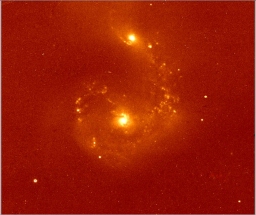
MOSFIRE image of colliding Atennae galaxies
By Stuart Wolpert
A new scientific instrument, a "time machine" of sorts, built by UCLA astronomers and colleagues, will allow scientists to study the earliest galaxies in the universe, which could never be studied before.
The five-ton instrument, the most advanced and sophisticated of its kind in the world, goes by the name MOSFIRE (Multi-Object Spectrometer for Infra-Red Exploration) and has been installed in the Keck I Telescope at the W.M. Keck Observatory atop Mauna Kea in Hawaii.
MOSFIRE gathers light in infrared wavelengths — invisible to the human eye — allowing it to penetrate cosmic dust and see distant objects whose light has been stretched or "redshifted" to the infrared by the expansion of the universe.
"The instrument was designed to study the most distant, faintest galaxies," said UCLA physics and astronomy professor Ian S. McLean, project leader on MOSFIRE and director of UCLA's Infrared Laboratory for Astrophysics. "When we look at the most distant galaxies, we see them not as they are now but as they were when the light left them that is just now arriving here. Some of the galaxies that we are studying were formed some 10 billion years ago — only a few billion years after the Big Bang. We are looking back in time to the era of the formation of some of the very first galaxies, which are small and very faint. That is an era that we need to study if we are going to understand the large-scale structure of the universe."
With MOSFIRE, it will now become much easier to identify faint galaxies, "families of galaxies" and merging galaxies. The instrument also will enable detailed observations of planets orbiting nearby stars, star formation within our own galaxy, the distribution of dark matter in the universe and much more...
view full UCLA Press Release
April 3, 2012 — Kepler Explorer app puts distant planets at your fingertips
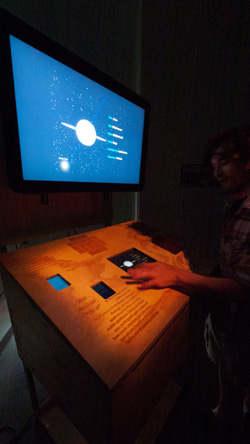
The Kepler Explorer app is part of an exhibit to be installed at the Lick Observatory visitors gallery.
Armchair explorers of the cosmos can now have at their fingertips the nearly 2,000 distant planetary systems discovered by NASA's Kepler Mission. Kepler Explorer, an innovative app for iPads and iPhones developed by a team at the University of California, Santa Cruz, provides interactive displays of newly discovered planetary systems based on Kepler data.
Now available for free from the iTunes App Store, Kepler Explorer was developed through the OpenLab initiative at UC Santa Cruz, which brought together faculty and students in astrophysics, art, and technology for a summer institute last year. The Kepler Explorer team includes astrophysicist Jonathan Fortney, a member of the Kepler science team; two of his graduate students, Eric Lopez and Caroline Morley; artist Kyle McKinley, a recent graduate of the Digital Arts and New Media program; and John Peters, a recent graduate of the computer game design program.
"I learned a lot about astrophysics from this project. It was a lot of fun," said Peters, who wrote all of the software code for the app...
view full UCSC Press Release
April 2, 2012 — Simulating the stars
view article
March 30, 2012 — Clocking an Accelerating Universe: First Results from BOSS

BOSS measures the three-dimensional clustering of galaxies at various redshifts, revealing their precise distance, the age of the universe at that redshift, and how fast the universe has expanded. The measurement uses a "standard ruler" based on the regular variations of the temperature of the cosmic microwave background (CMB), which reveal variations in the density of matter in the early universe that gave rise to the later clustering of galaxies and large-scale structure of the universe today. (Click on image for best resolution. Credit: Eric Huff, the SDSS-III team, and the South Pole Telescope team. Graphic by Zosia Rostomian)
Some six billion light years distant, almost halfway from now back to the big bang, the universe was undergoing an elemental change. Held back until then by the mutual gravitational attraction of all the matter it contained, the universe had been expanding ever more slowly. Then, as matter spread out and its density decreased, dark energy took over and expansion began to accelerate.
Today BOSS, the Baryon Oscillation Spectroscopic Survey, the largest component of the third Sloan Digital Sky Survey (SDSS-III), announced the most accurate measurement yet of the distance scale of the universe during the era when dark energy turned on.
“We’ve made precision measurements of the large-scale structure of the universe five to seven billion years ago – the best measure yet of the size of anything outside the Milky Way,” says David Schlegel of the Physics Division at the U.S. Department of Energy’s Lawrence Berkeley National Laboratory (Berkeley Lab), BOSS’s principal investigator. “We’re pushing out to the distances when dark energy turned on, where we can start to do experiments to find out what’s causing accelerating expansion.”...
view full LBNL Press Release
March 29, 2012 — Data Mining Deep Space
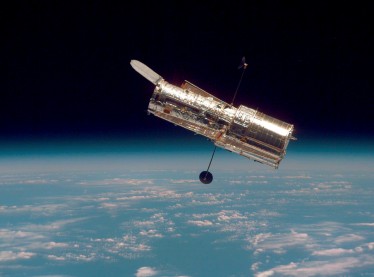
The Hubble Space Telescope. NASA
By Iqbal Pittalwala
RIVERSIDE, Calif. — Bahram Mobasher, a professor of physics and astronomy at the University of California, Riverside, has received a two-year $200,000 grant from NASA to compile into a data bank all the imaging observations of galaxy surveys that the Hubble Space Telescope has performed since 2002, when a powerful imaging instrument, the Advanced Camera for Surveys, was installed on the telescope.
Carried into orbit in 1990, the Hubble Space Telescope still remains in operation, and is one of the world’s most famous, popular and productive scientific instruments. Because of its orbit outside the Earth’s atmosphere, it is capable of taking extremely sharp images of galaxies in the most distant parts of the universe.
“This is a tremendously exciting data-mining project, a legacy program with a final product enormously useful for astronomers worldwide,” Mobasher said.
The Hubble imaging data will be supplemented by observations for the same galaxies in different wavelengths, taken from other ground-based and space-borne observatories...
view full UCR Press Release
March 8, 2012 — New discovery is key to understanding neutrino transformations
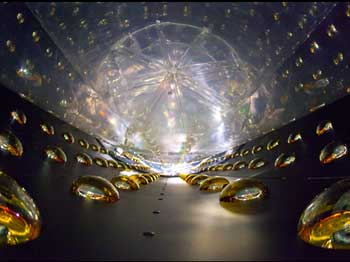
The inside of a cylindrical antineutrino detector before being filled with clear liquid scintillator, which reveals antineutrino interactions by the very faint flashes of light they emit. Sensitive photomultiplier tubes line the detector walls, ready to amplify and record the telltale flashes. (Roy Kaltschmidt photo, LBNL)
BERKELEY - A new discovery provides a crucial key to understanding how neutrinos – ghostly particles with multiple personalities – change identity and may help shed light on why matter exists in the universe.
view UCB Press Release
view LBNL Press Release
March 6, 2012 — Searching for Sister Planets
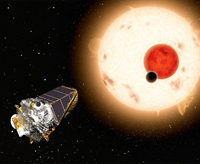
Today, with the help of one of NASA's largest space telescopes and its most powerful supercomputer, scientists are analyzing observational data gathered from that pioneering astronomer's modern-day namesake—the Kepler mission spacecraft—to search the skies for Earth's sister planets and make new astronomical discoveries.
March 5, 2012 — SDSC’s ‘Gordon’ Supercomputer: Ready for Researchers

SDSC's Gordon Supercomputer. Photo: Alan Decker.
Following acceptance testing in January, Gordon has now begun serving University of California and national academic researchers as well as industry and government agencies. Named for its massive amounts of flash-based memory, Gordon is part of the National Science Foundation’s (NSF) Extreme Science and Engineering Discovery Environment, or XSEDE program, a nationwide partnership comprising 16 supercomputers and high-end visualization and data analysis resources...
view SDSC Press Release
March 2, 2012 — Dark matter's odd behavior baffles astronomers

In this false color image of merging galaxy cluster Abell 520, the clump of green and blue in the center shows that, unexpectedly, most of the dark matter has remained in the middle of the collision instead of passing through with the galaxies. (NASA/photo)
New results from NASA's Hubble Space Telescope confirm that, contrary to predictions, dark matter -- the invisible substance that makes up much of our universe -- and galaxies parted ways in the collision of two galaxy clusters 2.4 billion light-years away. Now, astronomers are left trying to explain dark matter's seemingly oddball behavior in the Abell 520 merging galaxy cluster...
March 1, 2012 — SDSC, UC-HiPACC to Host Summer School on Astroinformatics SDSC's 'Gordon' Supercomputer to be used for Astronomical Data Studies; Applications due this month (March)
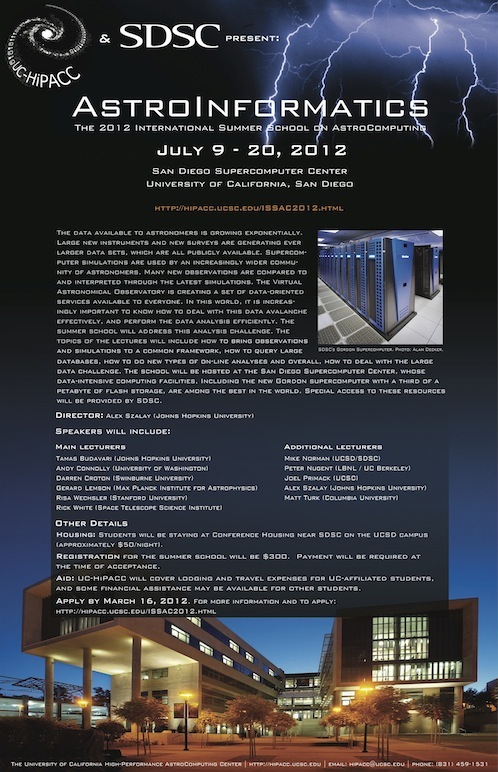
View the SDSC Press Release
View the Summer School website
February 08, 2012 — New images capture 'stealth merger' of dwarf galaxies
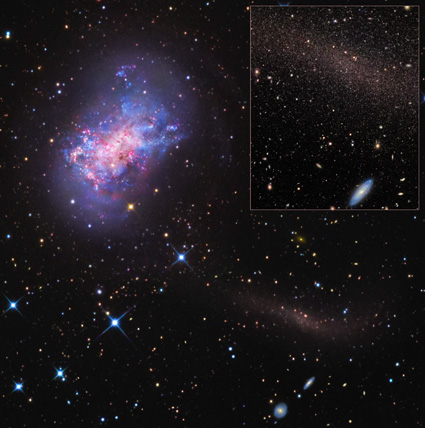
The dwarf galaxy NGC 4449 is the first dwarf galaxy with an identified stellar stream (faintly seen at the lower right, and in inset). The star stream represents the remains of a smaller satellite galaxy merging with NGC 4449. The inset image shows the stream resolved into red giant stars. Image credit and copyright: R. Jay Gabany (Black Bird Obs.); Insert credit: Subaru/Suprime-Cam (NAOJ).
New images of a nearby dwarf galaxy have revealed a dense stream of stars in its outer regions, the remains of an even smaller companion galaxy in the process of merging with its host. The host galaxy, known as NGC 4449, is the smallest primary galaxy in which a stellar stream from an ongoing merger has been identified and studied in detail.
view UCSC Press Release
February 02, 2012 — New super-Earth detected within the habitable zone of a nearby star
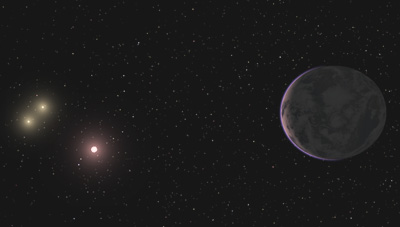
The newly discovered planet is depicted in this artist's conception, showing the host star as part of a triple-star system. The diagram below shows the orbits of the detected planets around the host star in relation to the habitable zone. (Images courtesy of Guillem Anglada-Escudé, Carnegie Institution)
February 1, 2012 — LLNL: Scientists help define structure of exoplanets

The planet GJ 1214b, shown here in an artist's conception with two hypothetical moons, orbits a "red dwarf" star 40 light-years away from Earth.
LIVERMORE, Calif. -- Using models similar to those used in weapons research, scientists may soon know more about exoplanets, those objects beyond the realm of our solar system.
In a new study, Lawrence Livermore National Laboratory scientists and collaborators came up with new methods for deriving and testing the equation of state (EOS) of matter in exoplanets and figured out the mass-radius and mass-pressure relations for materials relevant to planetary interiors...more
January 26, 2012 — NASA's Kepler mission announces 11 planetary systems hosting 26 planets
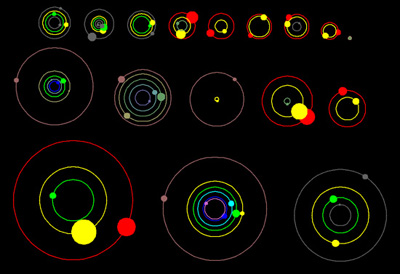
This image (from video below) shows the known planetary systems with more than one planet transiting. Credit: Daniel Fabrycky.
NASA's Kepler mission has discovered 11 new planetary systems hosting 26 confirmed planets. These discoveries nearly double the number of verified Kepler planets and triple the number of stars known to have more than one planet that transits, or passes in front of, its host star. Such systems will help astronomers better understand how planets form...
January 18, 2012 — Faint 'satellite galaxy' discovered
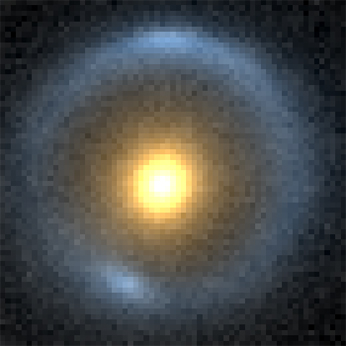
The image of a distant galaxy (blue) is lensed into a ring shape by the gravity of a galaxy closer to Earth (yellow). By looking at the image of the background galaxy, astronomers detected the presence of a faint satellite galaxy around the lens galaxy. (Chris Fassnacht/UC Davis graphic)
The find, described in a paper published online today (Jan. 18) in the journal Nature, could help astronomers find similar objects and confirm or reject theories about the structure of the cosmos...
January 11, 2012 — Calculating What’s in the Universe from the Biggest Color 3-D Map
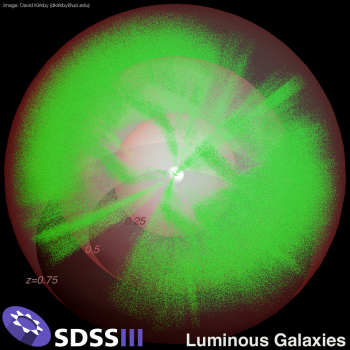
This image shows over a million luminous galaxies at redshifts indicating times when the universe was between seven and eleven billion years old, from which the sample in the current studies was selected. (By David Kirkby of the University of California at Irvine and the SDSS collaboration.)
Since 2000, the three Sloan Digital Sky Surveys (SDSS I, II, III) have surveyed well over a quarter of the night sky and produced the biggest color map of the universe in three dimensions ever. Now scientists at the U.S. Department of Energy’s Lawrence Berkeley National Laboratory (Berkeley Lab) and their SDSS colleagues, working with DOE’s National Energy Research Scientific Computing Center (NERSC) based at Berkeley Lab, have used this visual information for the most accurate calculation yet of how matter clumps together – from a time when the universe was only half its present age until now...
January 10, 2012 — When galaxy clusters collide
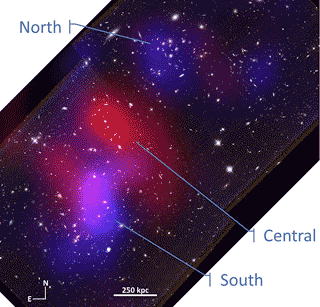
This image of merging galaxy clusters taken with the Hubble Space Telescope shows that the "North" and "South" clusters have passed through each other. Blue coloring shows dark matter, and red shows gas clouds which have collided in the middle. (William Dawson, UC Davis graphic)
“A galaxy cluster is like a little universe, because it has the same matter composition as the whole universe,” said William Dawson, a Ph.D. candidate in physics. “By studying this little universe, we can learn more about our own.”...
January 09, 2012 — Wandering stars offer clues to history of our galaxy
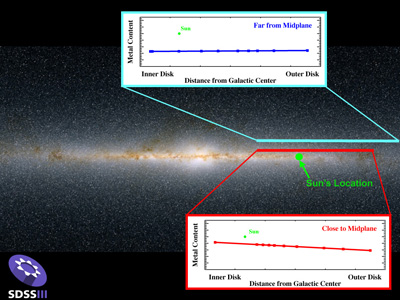
Measurements of the metal content of stars in the disk of our galaxy. The bottom panel shows the decrease in metal content as the distance from the galactic center increases for stars near the plane of the Milky Way disk. In contrast, the metal content for stars far above the plane, shown in the upper panel, is nearly constant at all distances from the center of the Galaxy. Image Credit: Judy Cheng and Connie Rockosi (UCSC) and the 2MASS Survey.
For more than a decade, the Sloan Digital Sky Survey (SDSS) has been mapping the stars in our galaxy. At the American Astronomical Society meeting this week in Austin, Texas, UC Santa Cruz astronomers Judy Cheng and Connie Rockosi presented new evidence that will help answer long-standing questions about the history of the stars in the disk of our galaxy...
Jan. 3, 2012 — A Stellar Discovery
It takes more than luck to find a supernova. Here’s a look behind the scenes.
On August 24, astrophysicist Peter Nugent was playing a little catch-up. Nugent, an adjunct professor at Berkeley and group leader of the Computational Cosmology Center at Lawrence Berkeley National Laboratory, settled in to look at data collected overnight by the Palomar Transient Factory (PTF). This fully automated survey based at Caltech searches for transients, a catch-all term for as yet unidentified astronomical objects that suddenly appear, change, and fade away.
view UCB Press Release
December 22, 2011 — Astronomers' pristine gas discovery among top scientific breakthroughs of 2011
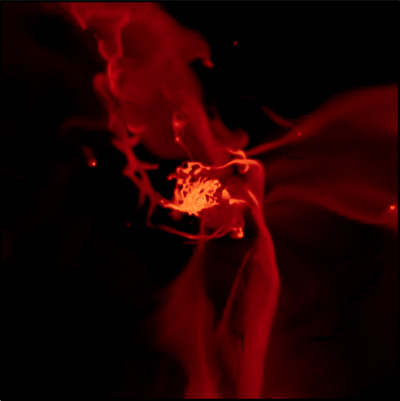
The newly discovered gas clouds may be part of a "cold flow" of gas similar to the streams seen in this simulation by Ceverino, Dekel, and Primack.
Related article: Astronomers find clouds of primordial gas from the early universe. (Nov. 10, 2011)
December 19, 2011 — UC Santa Cruz astronomer Jerry Nelson to receive 2012 Franklin Medal
The Franklin Institute in Philadelphia has announced that Jerry Nelson, professor of astronomy and astrophysics at UC Santa Cruz, will receive the 2012 Benjamin Franklin Medal in Electrical Engineering.
Nelson is internationally renowned as a developer of innovative designs for advanced telescopes. The Franklin Institute is honoring him "for his pioneering contributions to the development of segmented-mirror telescopes."...
December 14, 2011 — Closest Type Ia Supernova in Decades Solves a Cosmic Mystery
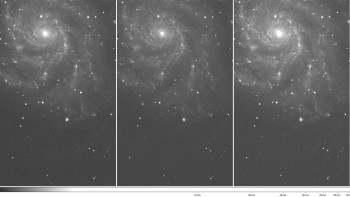
Before and after images of supernova PTF 11kly as it appeared in the nearby M101 galaxy. (Images: Peter Nugent)
Type Ia supernovae (SN Ia’s) are the extraordinarily bright and remarkably similar “standard candles” astronomers use to measure cosmic growth, a technique that in 1998 led to the discovery of dark energy – and 13 years later to a Nobel Prize, “for the discovery of the accelerating expansion of the universe.” The light from thousands of SN Ia’s has been studied, but until now their physics – how they detonate and what the star systems that produce them actually look like before they explode – has been educated guesswork.
December 14, 2011 — Disaster looms for gas cloud falling into Milky Way's central black hole
The normally quiet neighborhood around the massive black hole at the center of our Milky Way Galaxy is being invaded by a gas cloud that is destined in just a few years to be ripped, shredded and largely eaten.
view UCB Press Release
Dec. 13, 2011 — Saul Perlmutter receives Nobel Prize in Stockholm
University of California, Berkeley, and Berkeley Lab physicist Saul Perlmutter was feted in Stockholm, Sweden, last week before receiving his Nobel Prize medal on Saturday, Dec. 10, during a ceremony at the Stockholm Concert Hall.
view UCB Press Release
December 5, 2011 — Record massive black holes discovered lurking in monster galaxies
University of California, Berkeley, astronomers have discovered the largest black holes to date ‑- two monsters with masses equivalent to 10 billion suns that are threatening to consume anything, even light, within a region five times the size of our solar system.
view UCB Press Release
December 02, 2011 — Astrophysicist Enrico Ramirez-Ruiz named to Silicon Valley's '40 Under 40'
Astrophysicist Enrico Ramirez-Ruiz is among 40 "rising stars" in Silicon Valley recognized by the Silicon Valley/San Jose Business Journal. A special "40 Under 40" feature in the December 2 issue of the Business Journal includes profiles of the honorees, who are recognized for their accomplishments and the impact they have on their communities...
November 09, 2011 — Ancient lunar dynamo may explain magnetized moon rocks
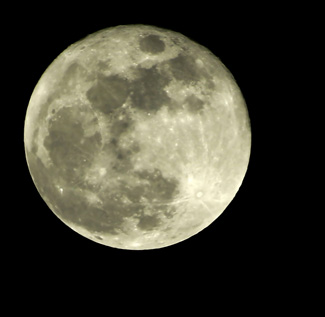
The moon may have had a magnetic field early in its history. Photo by Monica Murphy.
November 3, 2011 — Fermi telescope adds surprising new pulsars to growing collection
Scientists at Santa Cruz Institute for Particle Physics contributed to new findings.
An international team of scientists using NASA's Fermi Gamma-ray Space Telescope has discovered a surprisingly powerful millisecond pulsar that challenges existing theories about how these objects form. At the same time, another team has located nine new gamma-ray pulsars in Fermi data, using improved analytical techniques.
November 2, 2011 — Perlmutter, Filippenko in NOVA special
Newly minted Nobel Laureate Saul Perlmutter and astronomer Alex Filippenko are among the scientists interviewed in the premier episode of a four-part NOVA series, The Fabric of the Cosmos, which airs tonight on PBS stations around the country. In the San Francisco Bay Area, the one-hour episode can be viewed on KQED-TV at 9 p.m.
view UCB Press Release
October 27, 2011 — Accepted for Publication in the Astrophysical Journal: Astronomers Pin Down Galaxy Collision Rates by Comparing Space Telescope Photographs to Supercomputer Simulations.

View the UC-HiPACC Press Release
September 29, 2011 — Three "Bolshoi" Supercomputer Simulations of the Evolution of the Universe Announced by Authors from University of California, New Mexico State University
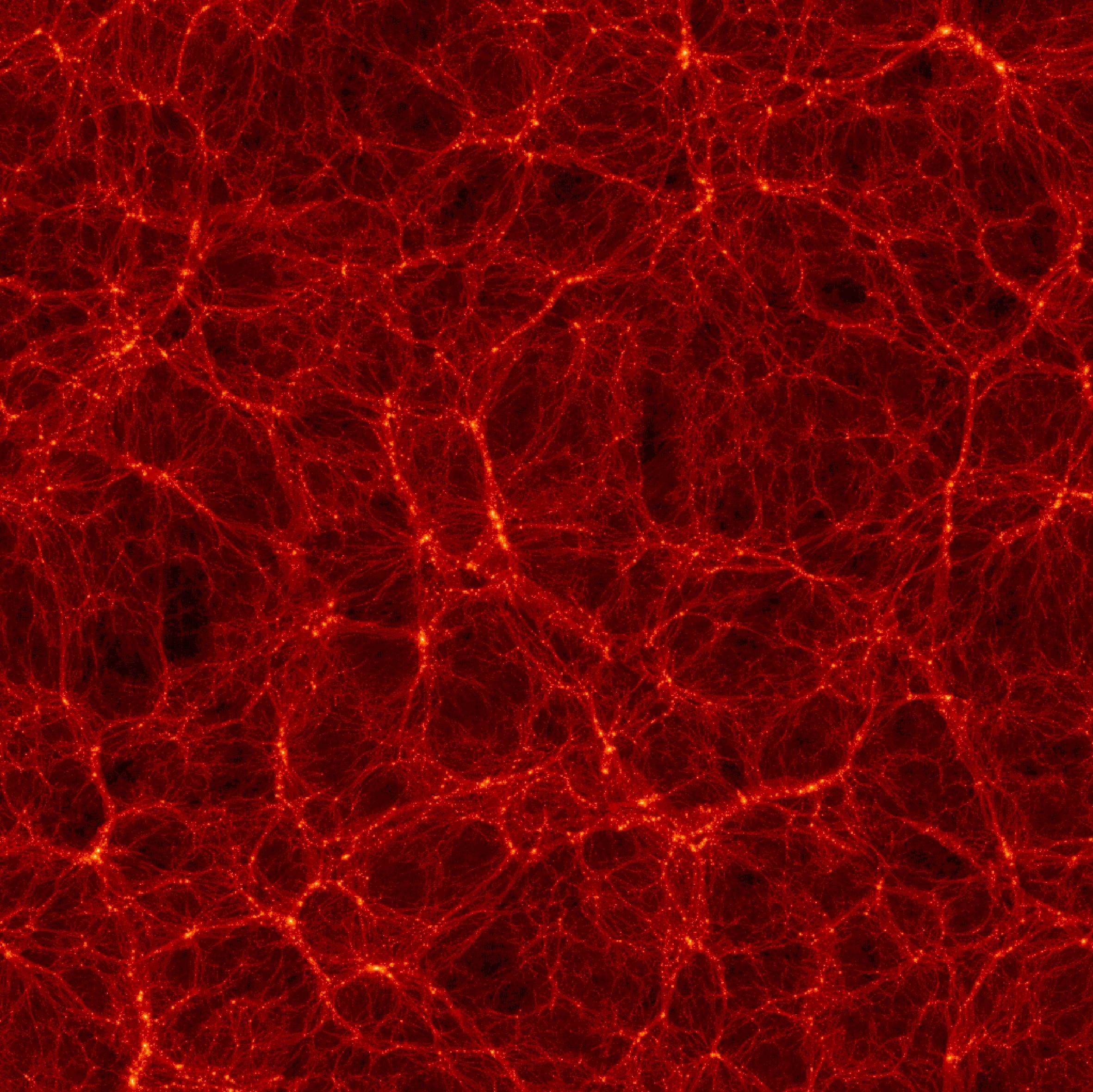
Snapshot from the Bolshoi simulation at a red shift z=0 (meaning at the present time), showing filaments of dark matter along which galaxies are predicted to form.
view full Press Release
September 29, 2011 — Three "Bolshoi" Supercomputer Simulations of the Evolution of the Universe Announced by Authors from University of California, New Mexico State Universit

View the UC-HiPACC Press Release
View the UCSC Press Release
View the NMSU Press Release
View the NASA Ames Press Release
Visit the Bolshoi Simulations Website
September 15, 2011 — Colliding Dwarf Galaxy Triggered Formation of Milky Way's Spiral Arms Revealed by Supercomputer Simulation at University of California, Irvine
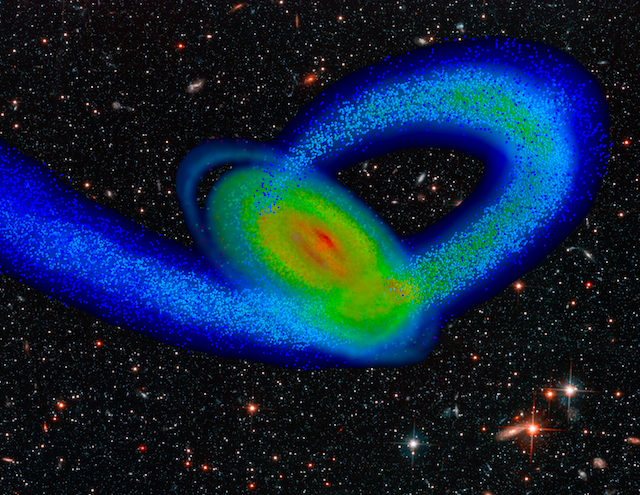
Incoming third impact of the Sagittarius Dwarf galaxy (blue stream of stars) with our Milky Way Galaxy (multicolored disk) was simulated by supercomputer and rendered by Erik J. Tollerud against a background of galaxies seen in the Hubble Deep Field.
view full Press Release
September 15, 2011 — Published in September 15, 2011 issue of Nature Magazine: Colliding Dwarf Galaxy Triggered Formation of Milky Way's Spiral Arms Revealed by Supercomputer Simulation at University of California, Irvine

View the UC-HiPACC Press Release
View the UCI Press Release
September 8, 2011 — Los Alamos team aids understanding of astrophysical mystery
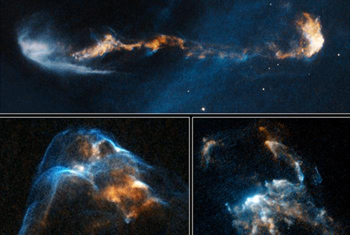
Three different stellar jets, captured by the Hubble Space Telescope.
